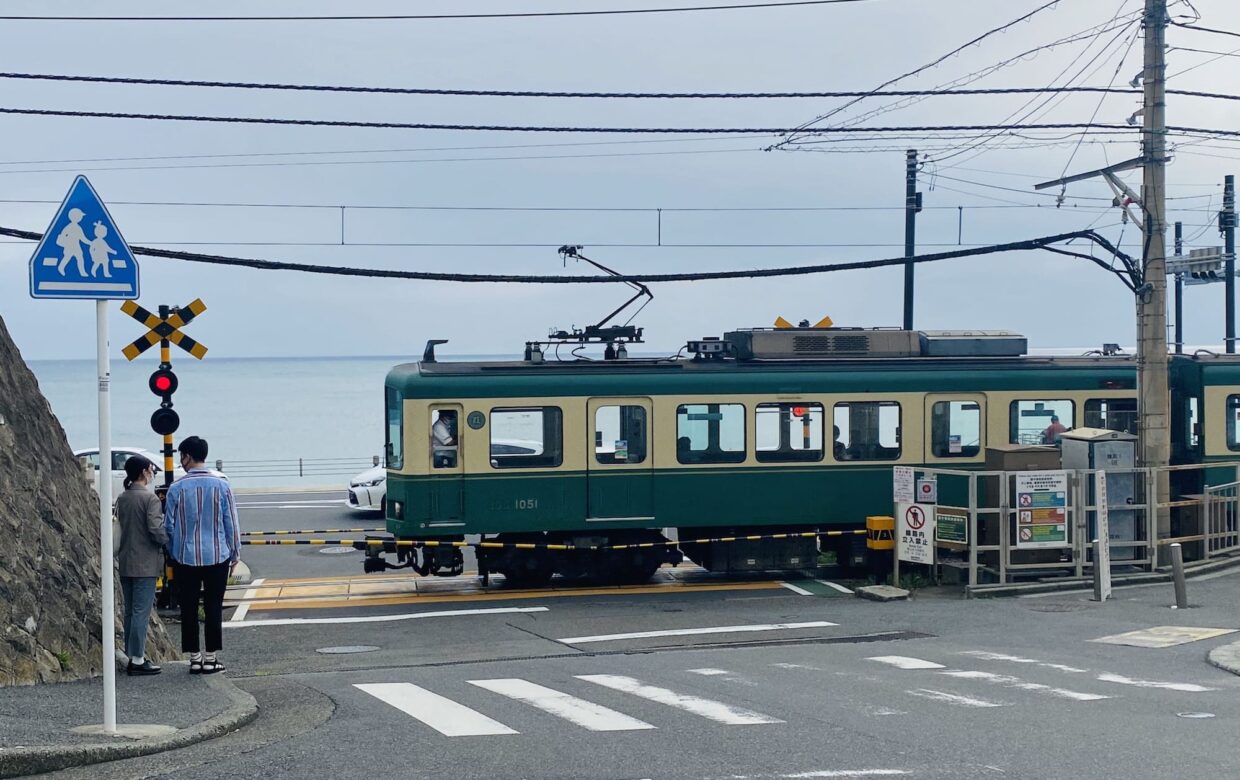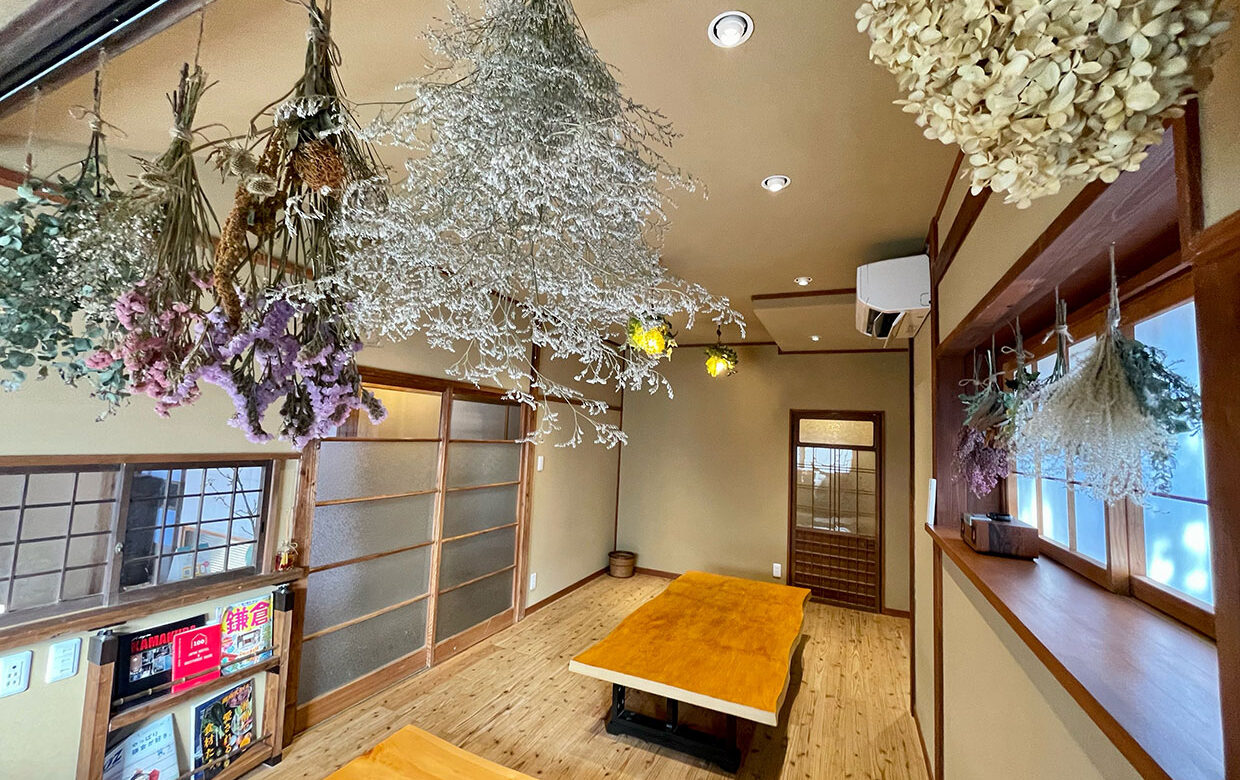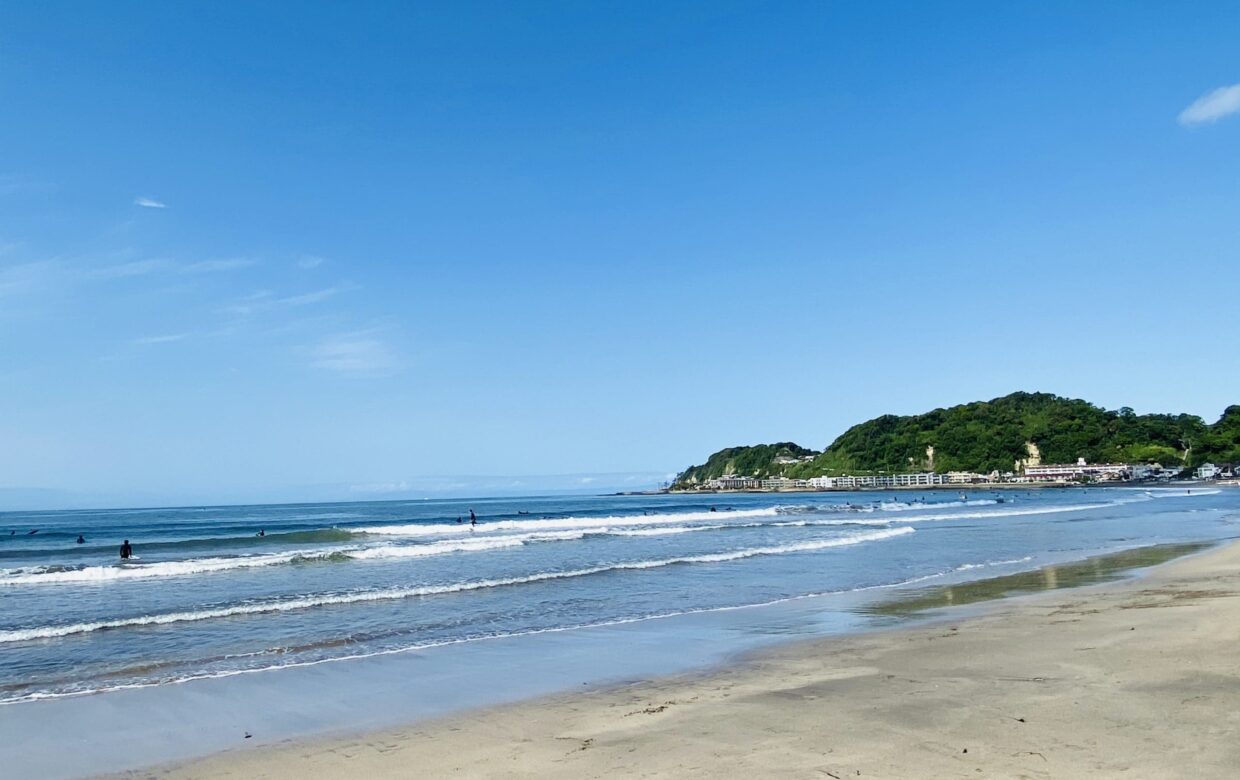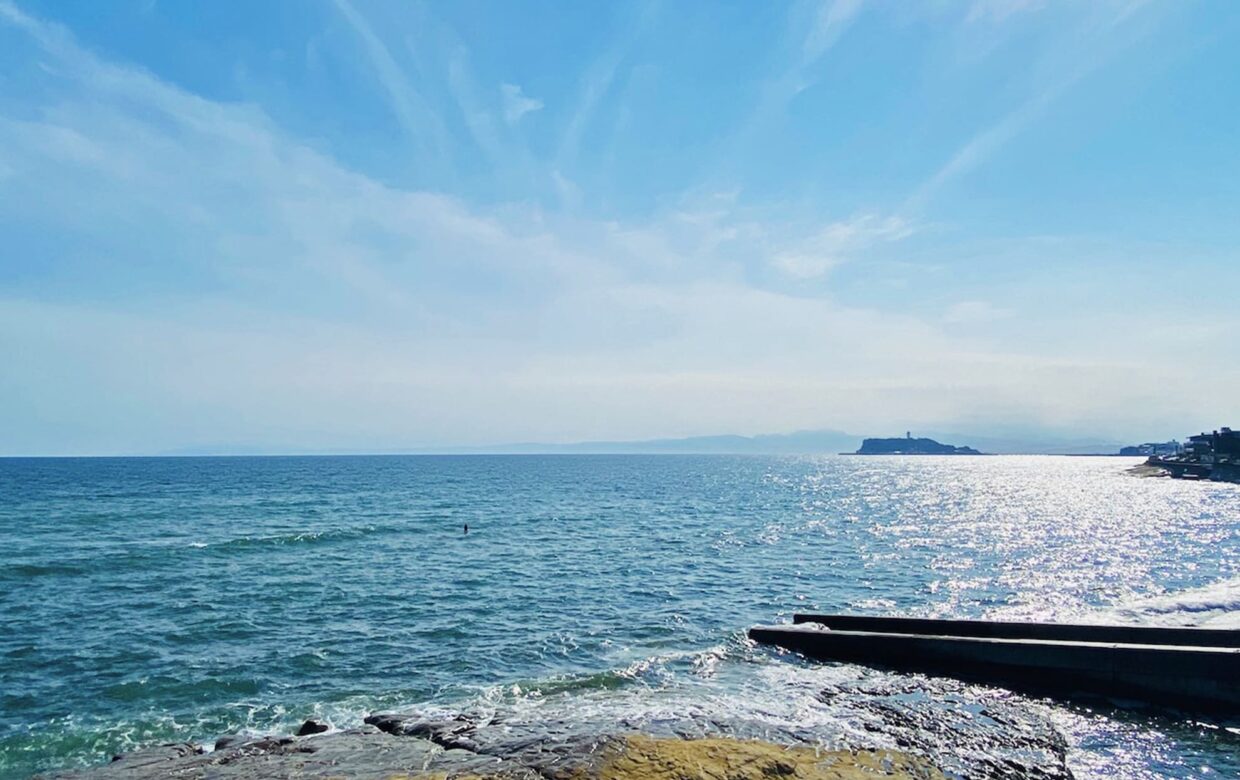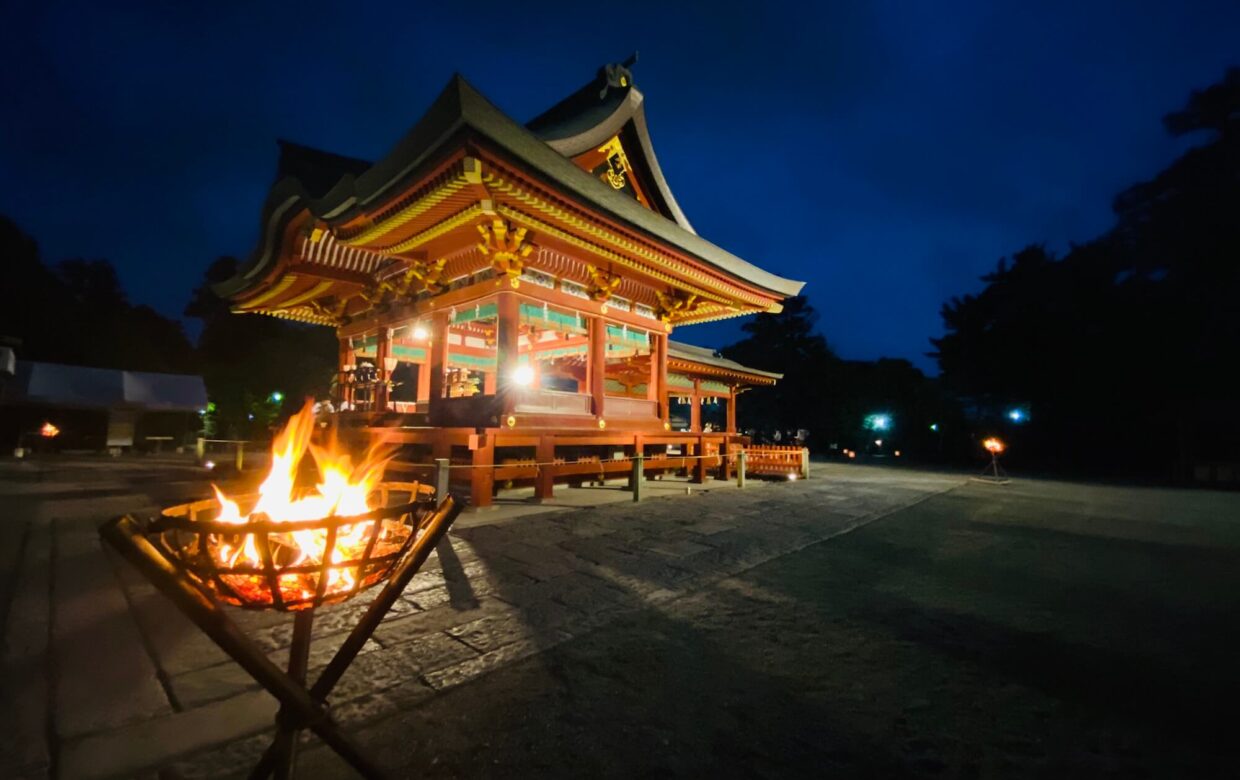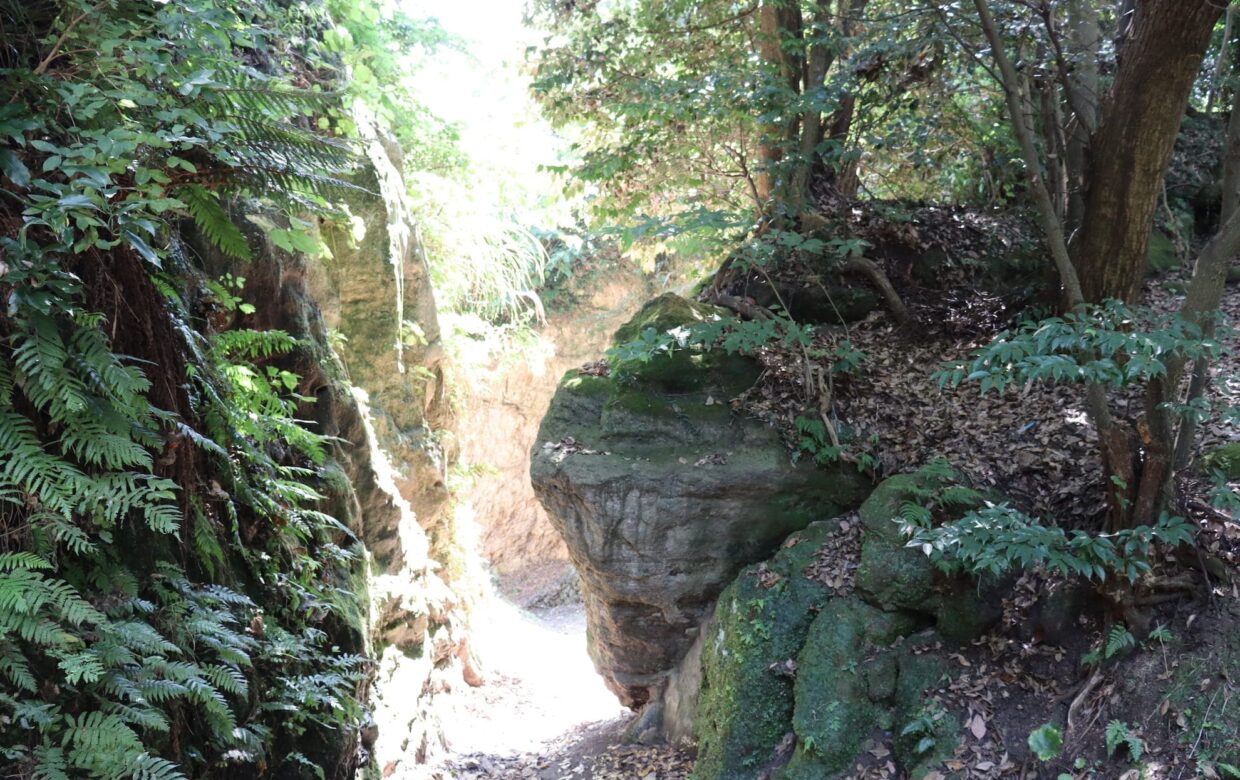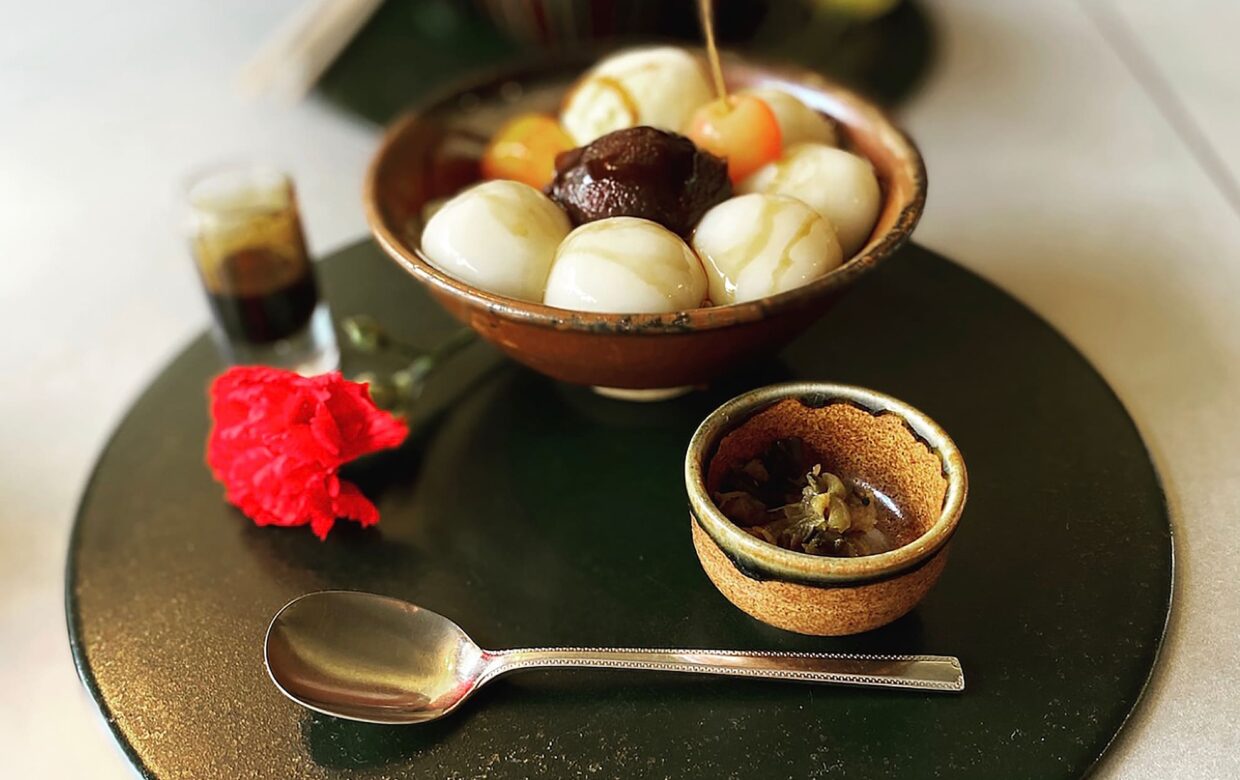Enjoy It Like A Hike – The Best Place To Enjoy The Sakura Trees – Genjiyama Park
Genjiyama Park and Its Connection With Genji Clan
Genjiyama Park is located across the back of Eishouji and Jufukuji. This is a nature-filled park located on the mountaintop of Genjiyama.

At Genjiyama, there was a war called the “Gosannen War”. During that war, the Genshi clan raised his symbol of white flag to pray for victory. From that the area was called as “Genjiyama” or “Shirahatasan”.
The park opened in 1966 and became known as a famous place for sakura. There is also a hiking course that connects the Great Buddha and the Kita-Kamakura area. Why not enjoy these spots during your hike?
Places to Enjoy on the Way to the Park
- Sasukeinari Shrine & Zeniaraibenten
To Genjiyama Park, it takes about a 30-minute walk from Kamakura Station. Around the park there are mountain roads, therefore, it’s recommended to visit with comfortable shoes and a water bottle.

After leaving the western gate of Kamakura Station, head to the street with the city hall and towards the tunnel.
Then make a right turn at the intersection with the Kamakura Tax Office. As you get ahead, you will see a residential area.
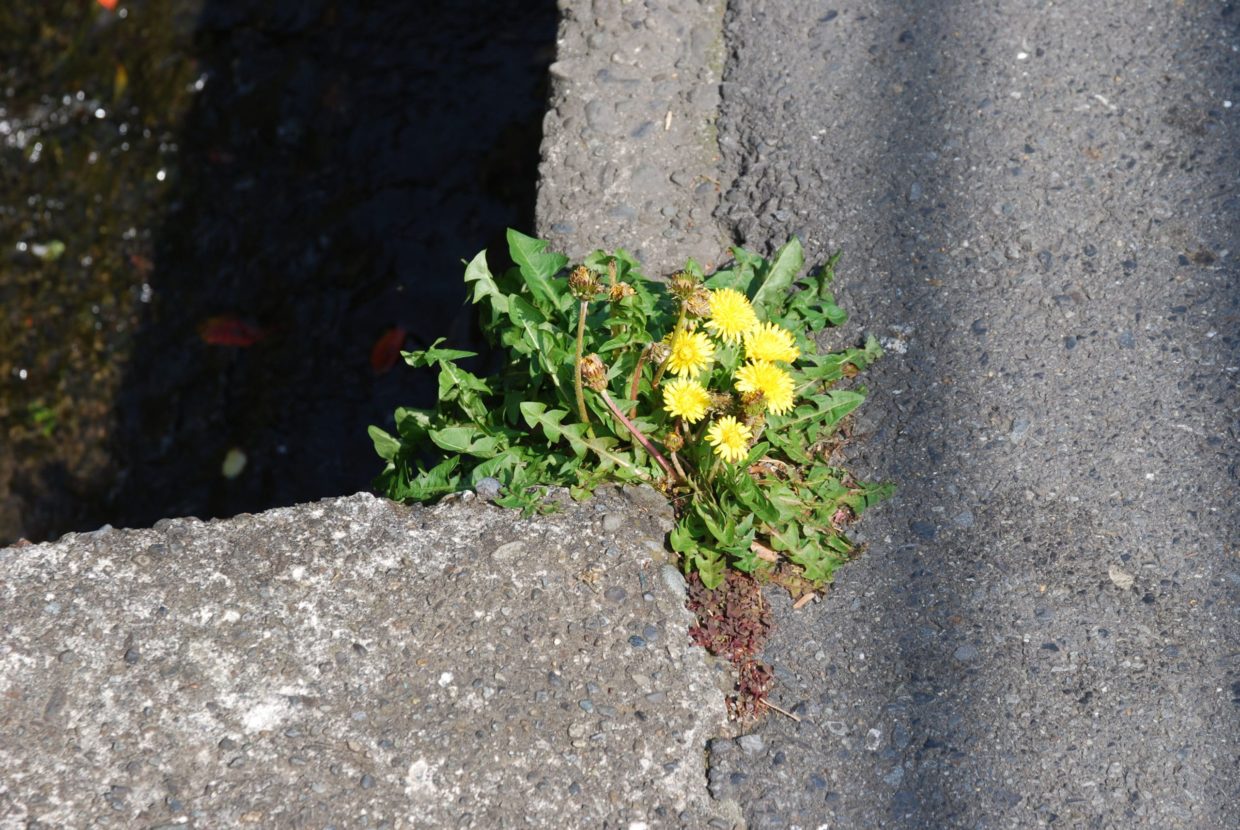
Within the residential area, there is Sasukeinari Shrine, famous for its Shusse Inari.

As you keep climbing up, you will arrive at Zeniaraibenten, a place that provides financial good luck. With many locations to take a detour within the road to Genjiyama Park, we recommend visiting them.
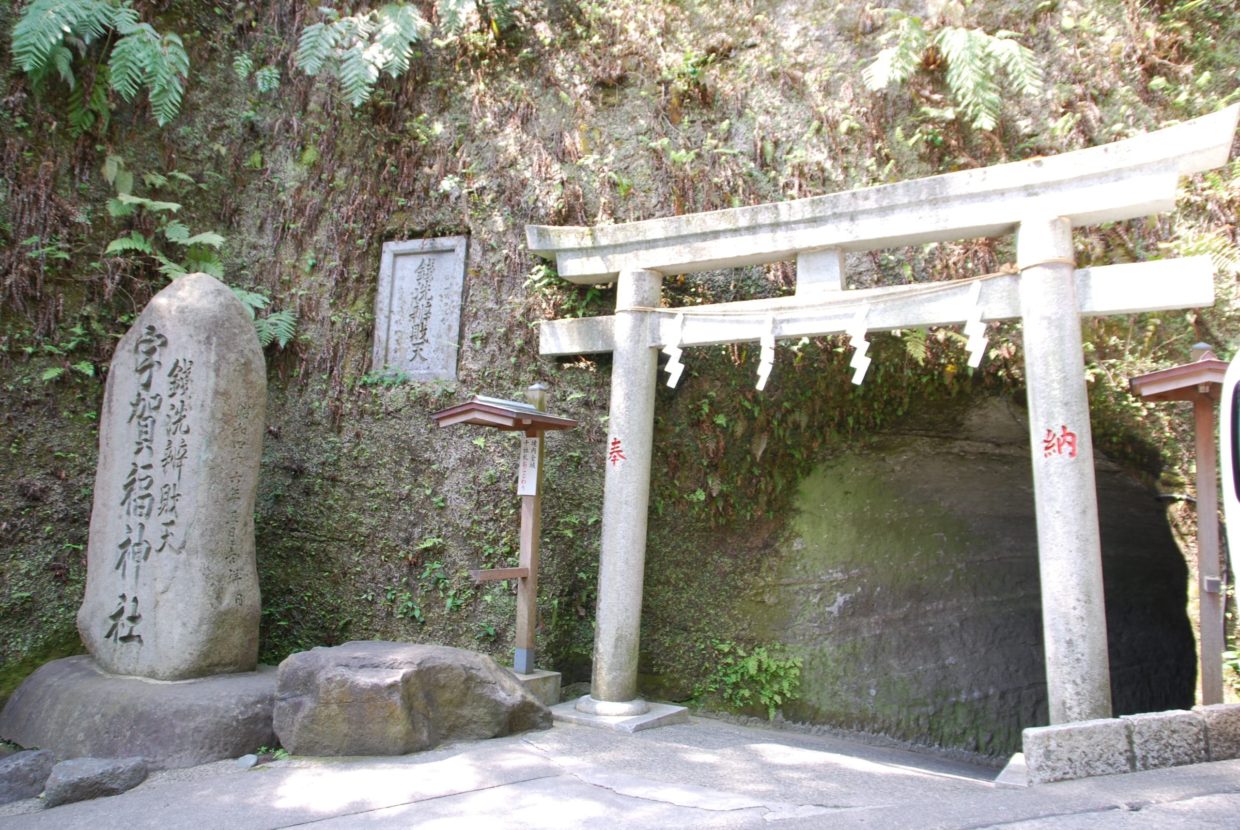

Famous Place for Sakura – Genjiyama Park
Walking from Kamakura Station to Zeniarai Benzaiten takes about 20 minutes. Once you pass through the Torii gates, you will also enter a steep slope. The park’s area is written with the shape of the number 8.
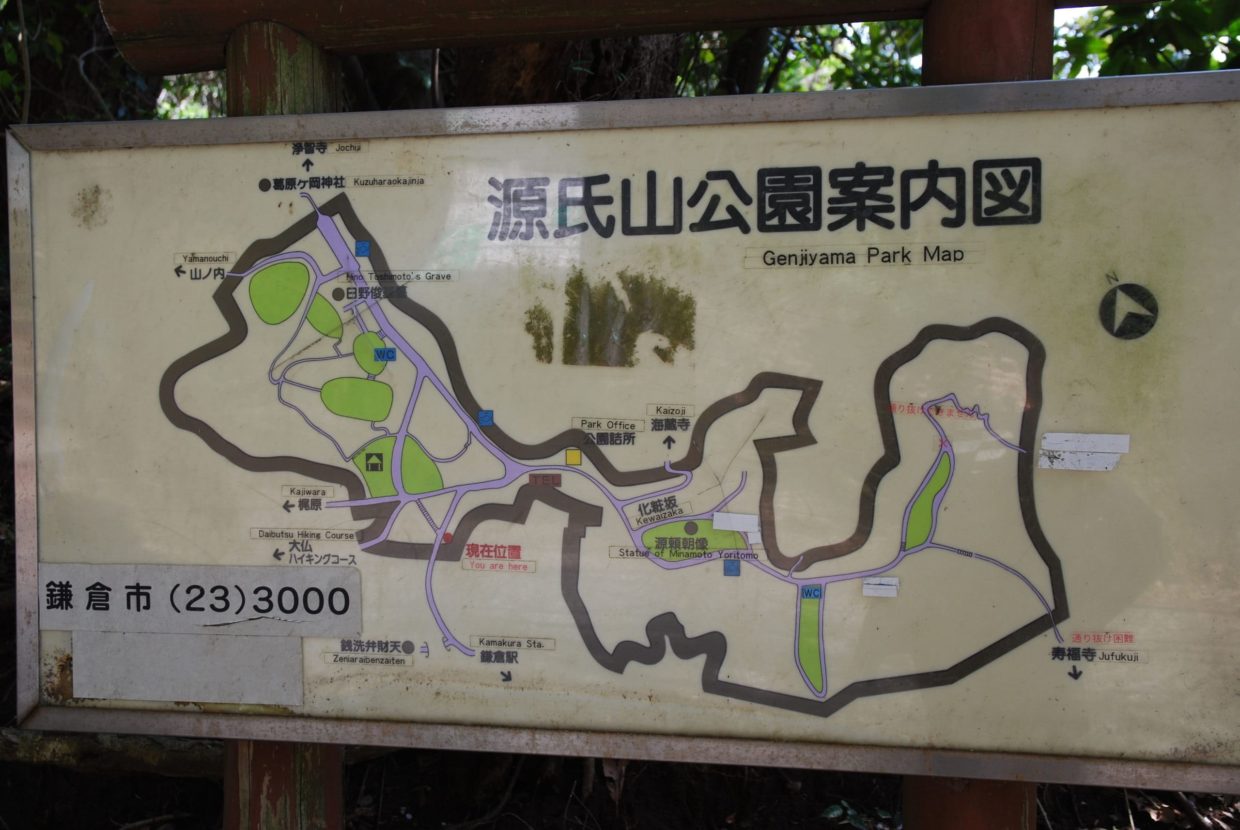
Looking down from the park, you will see a big green area as the park is located in the high elevated areas. As you keep following the tree-filled mountain path, you will arrive at the park.
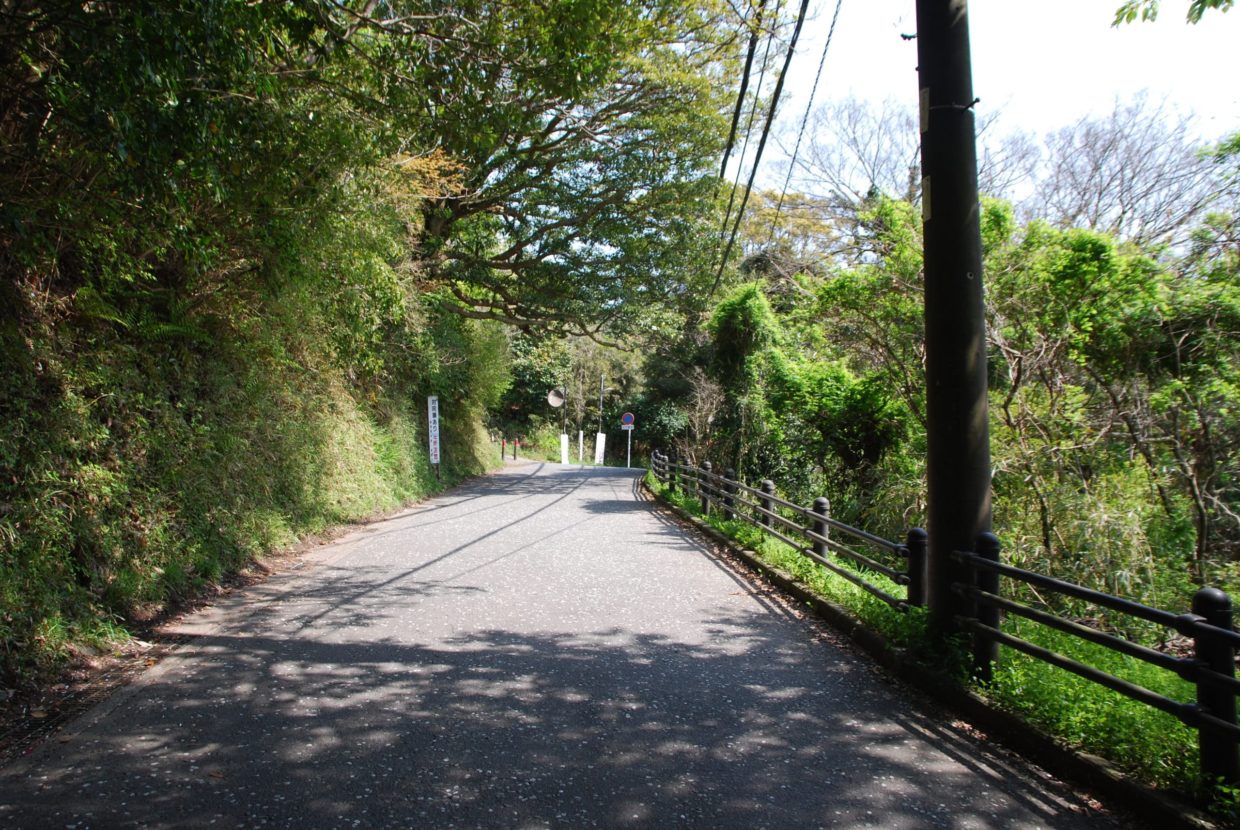

Known for its sakura trees, Genjiyama Park has many trees that bloom with sakura flowers.
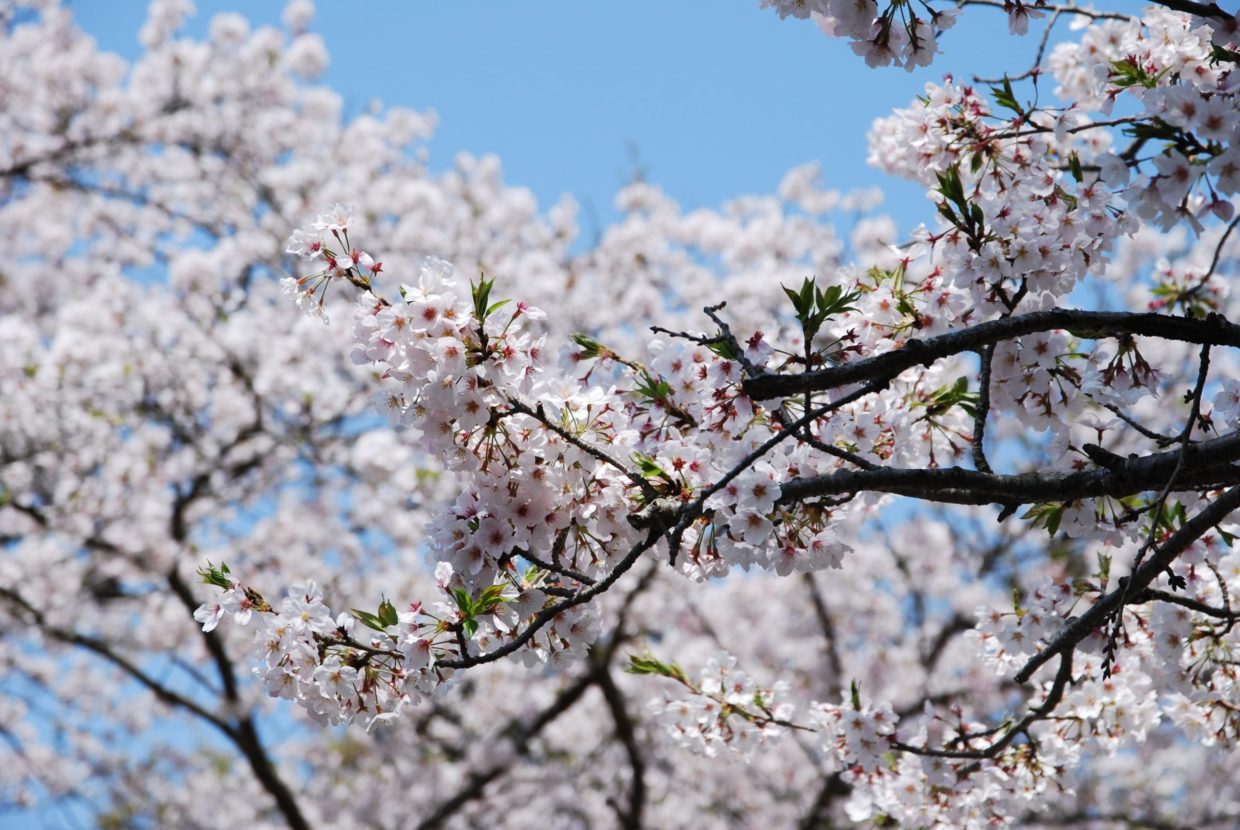
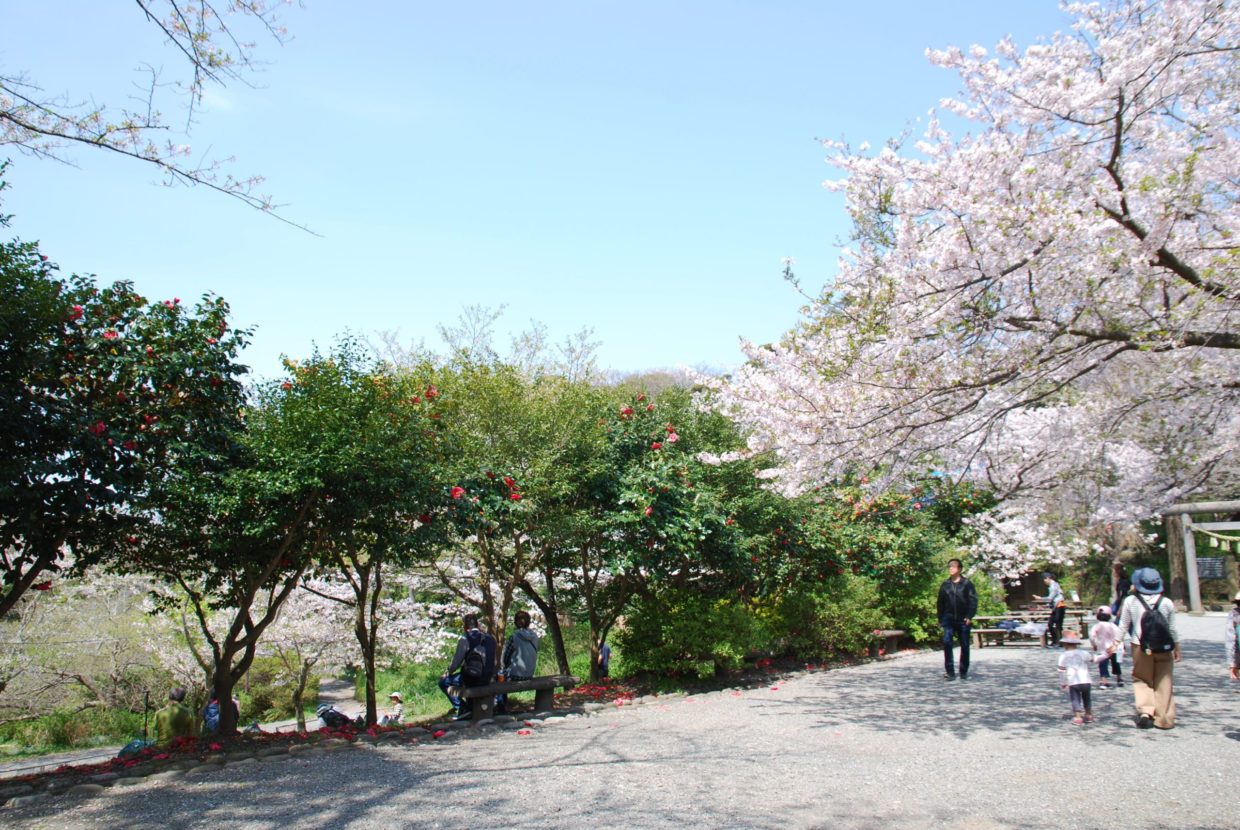
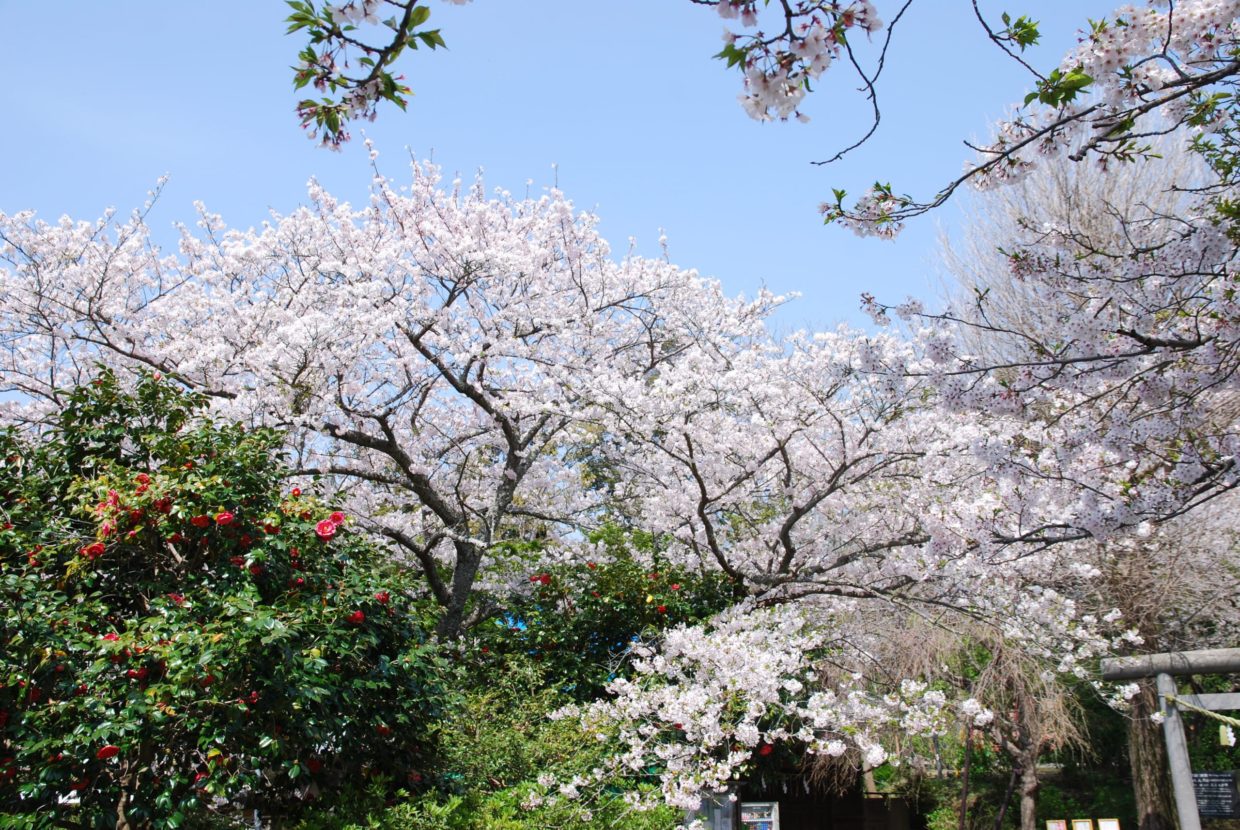
Inside the park, there is an arbor with benches and tables and a grass area for a picnic and a bathroom. Every year when the sakura is in full blossom, people both from near and far come here to enjoy a hike or a field trip. This is an area liked by many people.
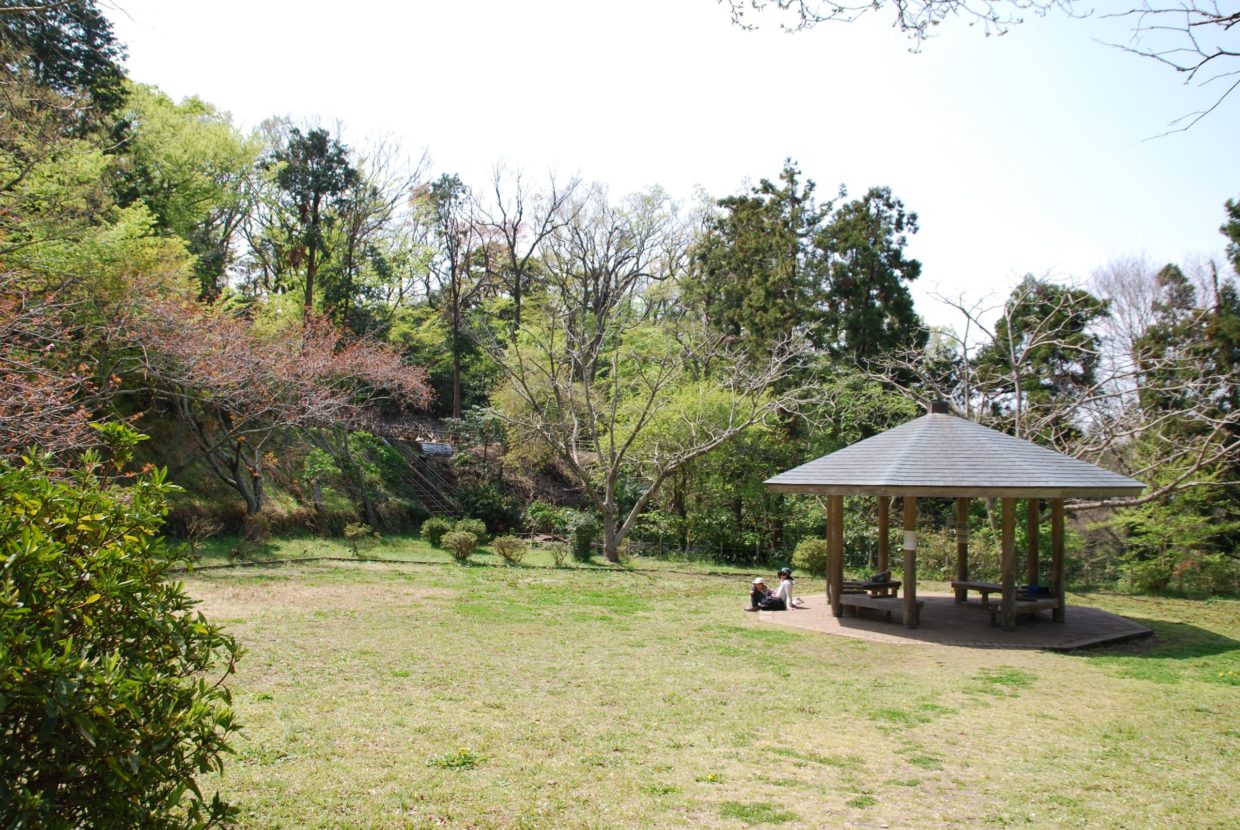
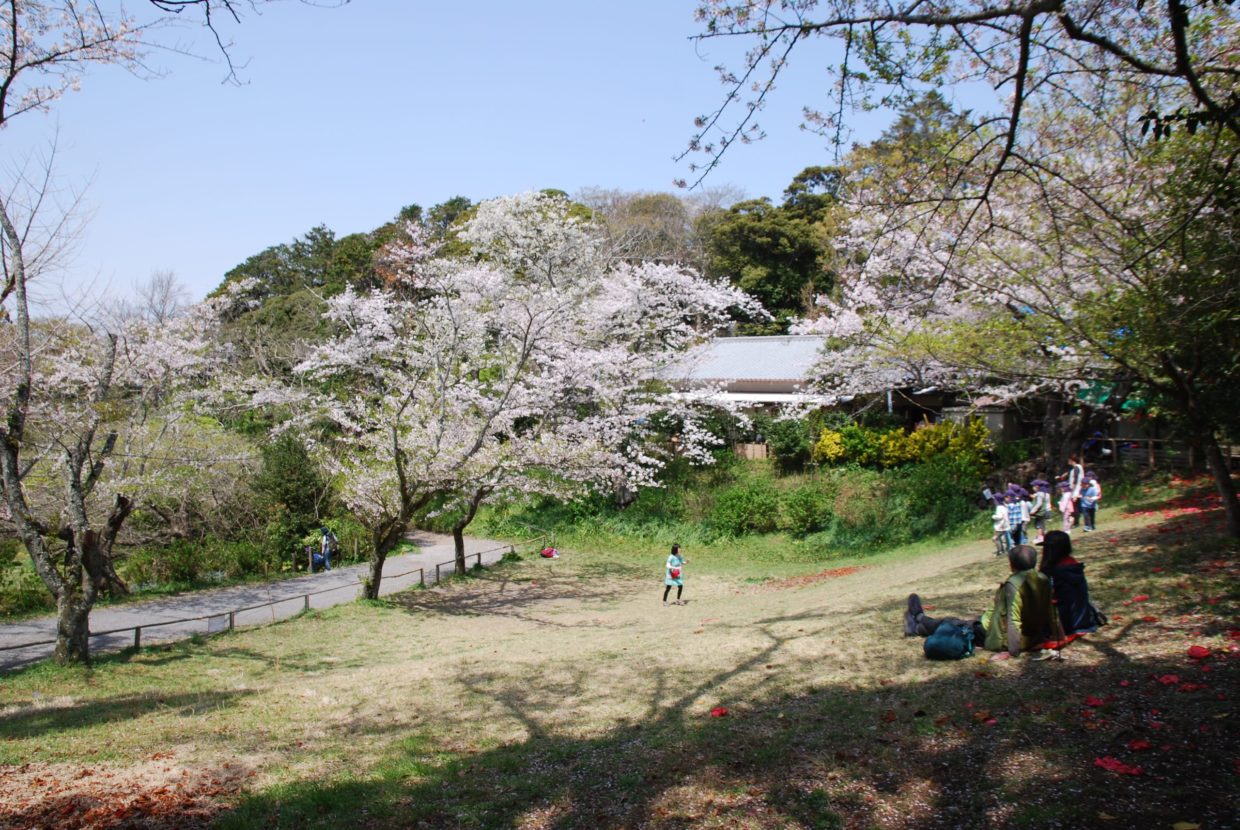
A Bronze Statue to Commemorate 800 Years of Kamakura’s Joining to Yoitomo
Genjiyama Park is a place filled with great Kamakura history. On the southern side, the symbol of the park, Den Minamoto No Yoritomo Statue, can be found.
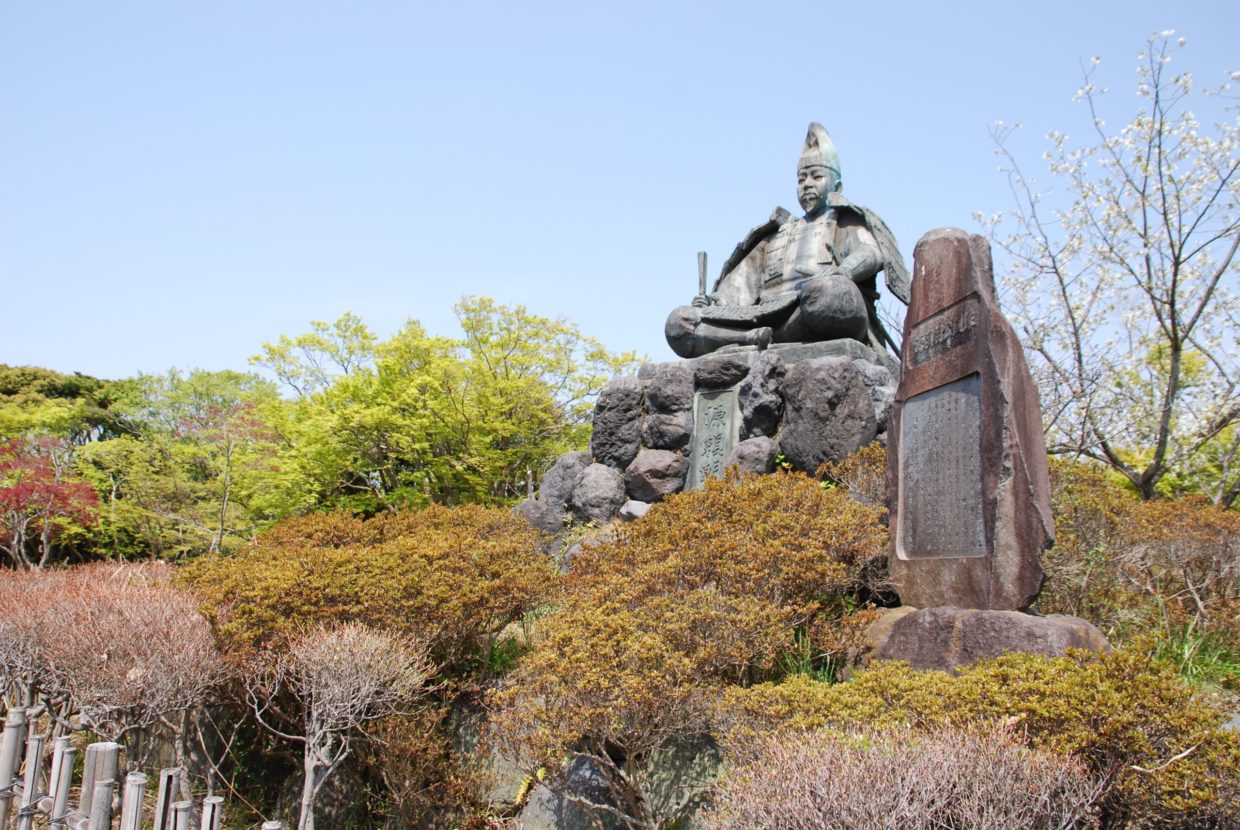
The bronze statue was built to commemorate the 800 year anniversary. Found within the middle of the grass field, the statue proudly looks down watching over Kamakura city.
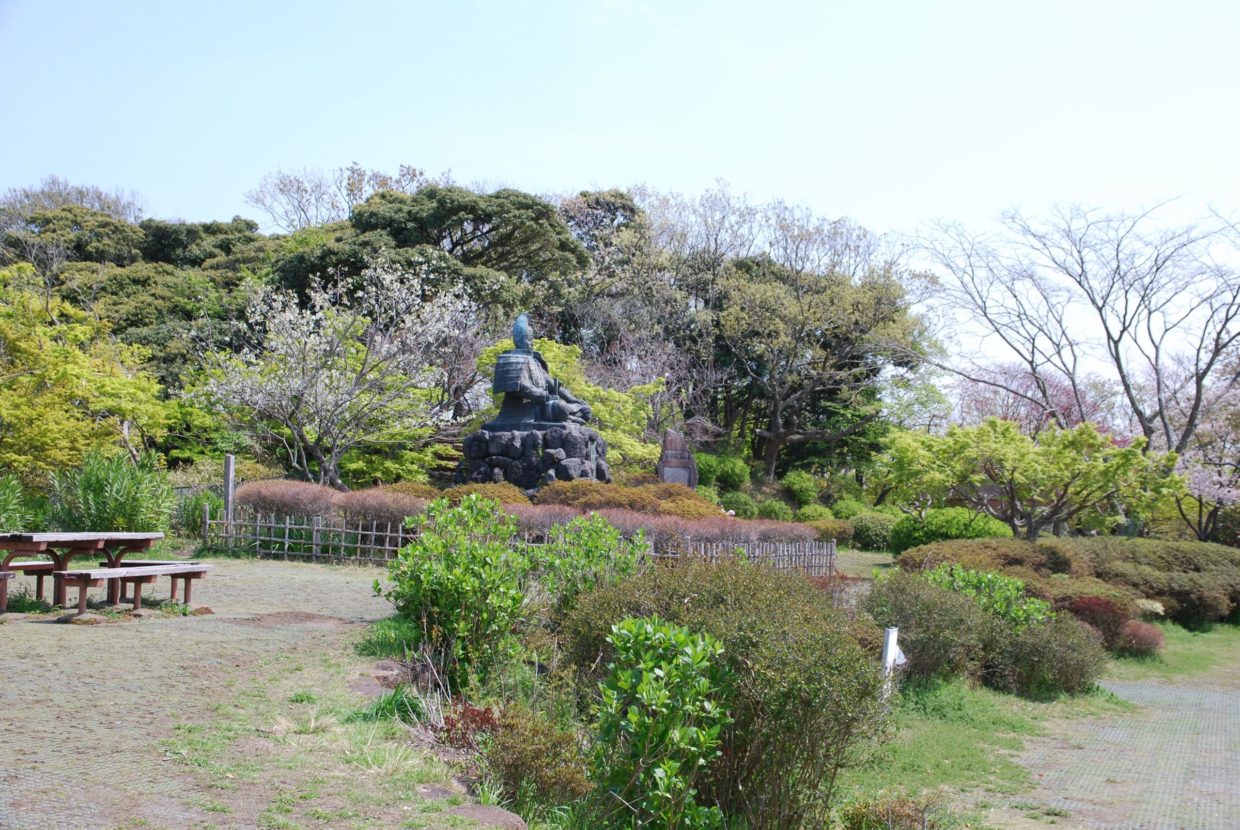
Around Yoritomo’s statue, is set up with an open field of grass. Around the open field are various types of trees. With the various colors of greens, let your body rest and heal.
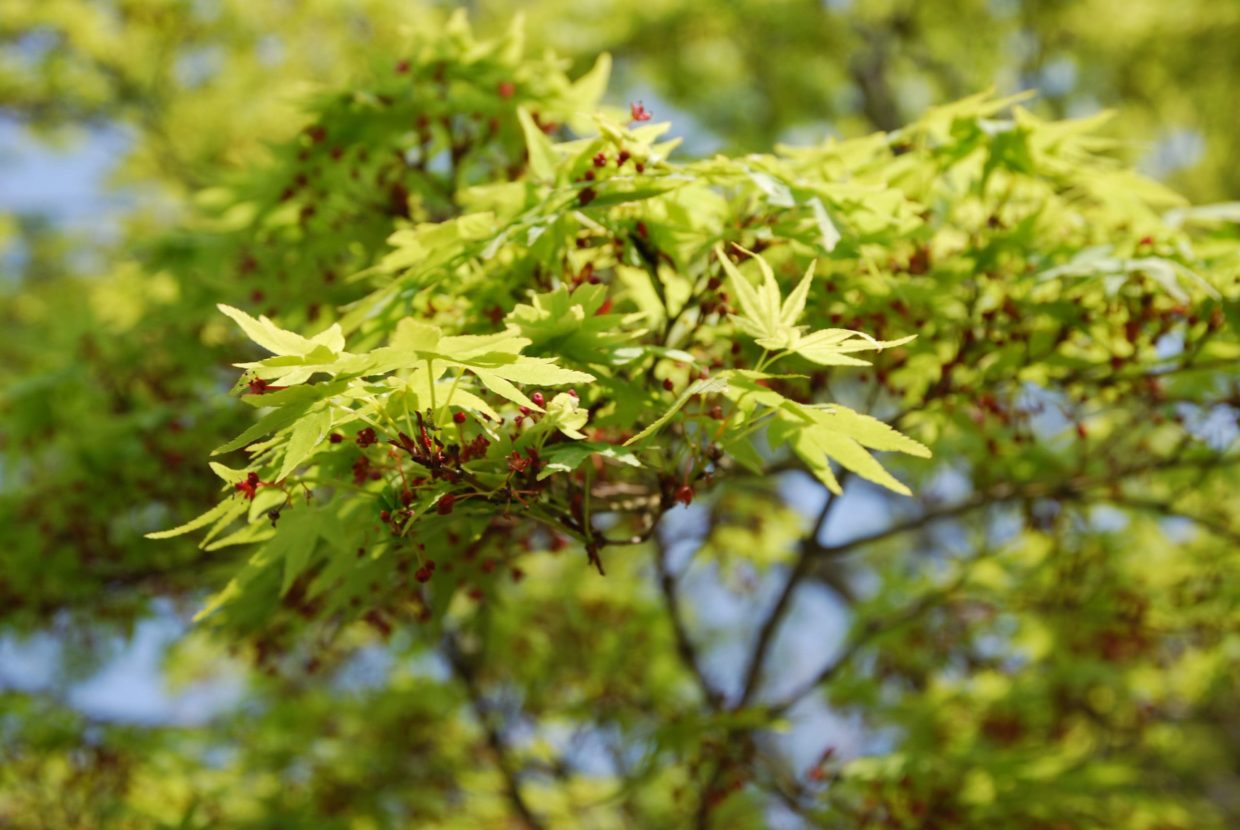
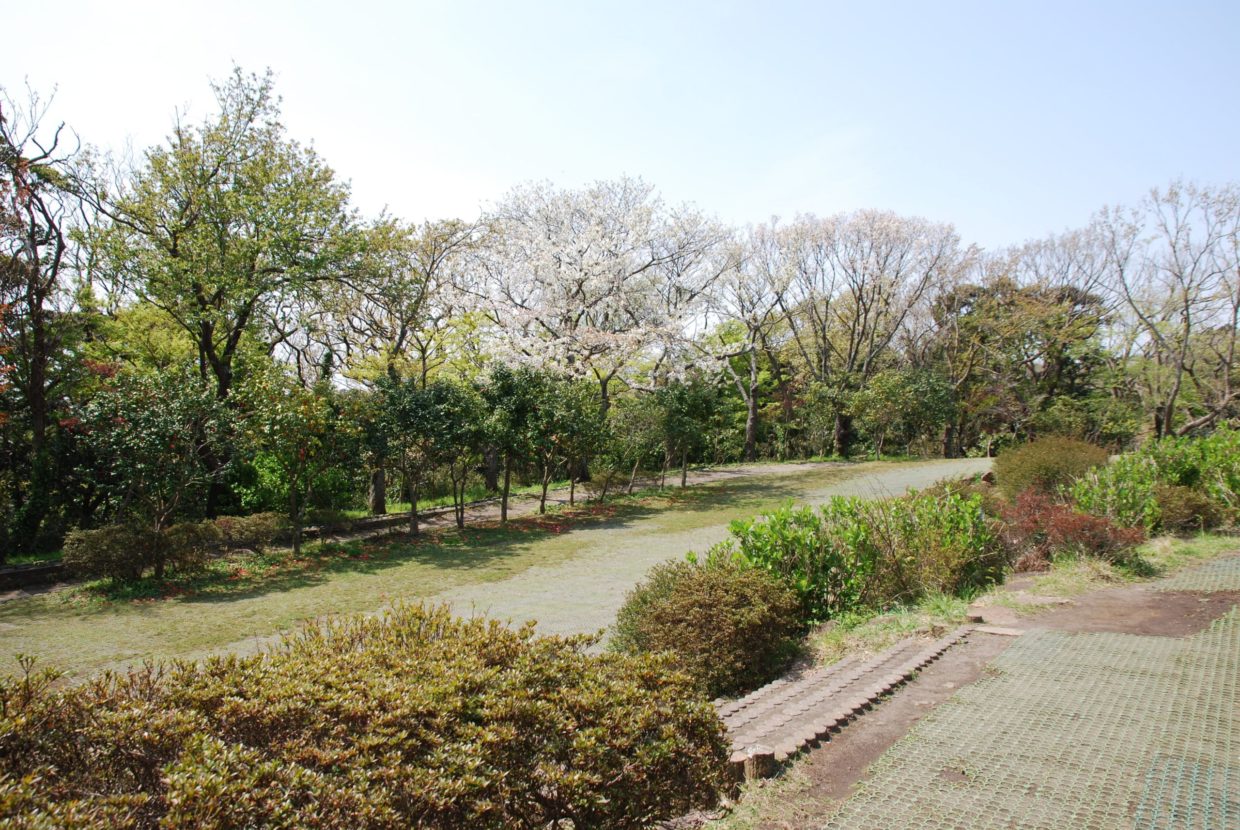
The Graveyard of Hino Toshimoto, Who Committed Seppuku at Kuzuharaoka
Let us head back to the bronze statue of Yoritomo. As you head in the opposite direction to where the statue is pointing, you will see the national historic site of Hino Toshimoto’s grave.
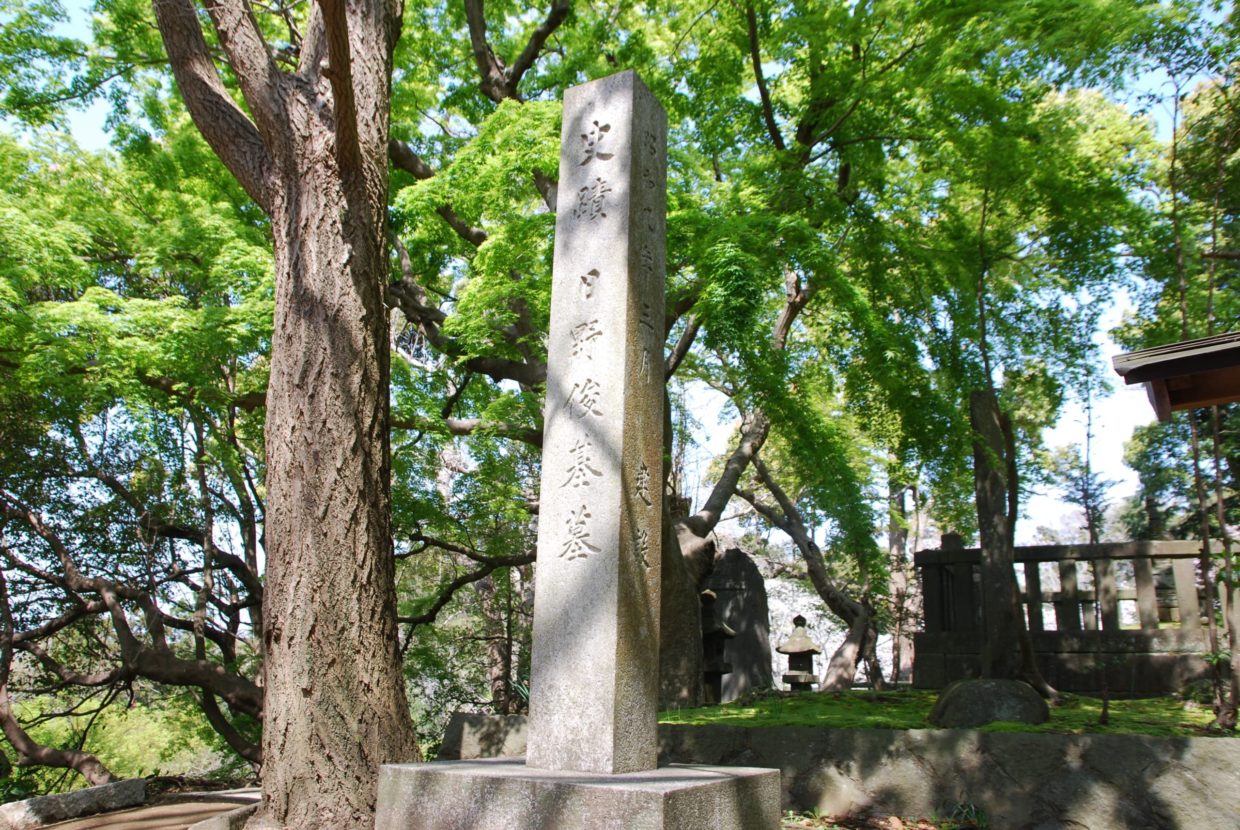
Hino Toshimoto was scouted by Emperor Go-Daigo and became a successful aide.However, when the plans to overthrow the current government were leaked to the government, he was forced to commit suicide (seppuku) at Kuzuharaoka.
Originally, the grave, Hōki uintou was located in the field of the foot mountains of Kuzuharaoka. However, it was moved to where it
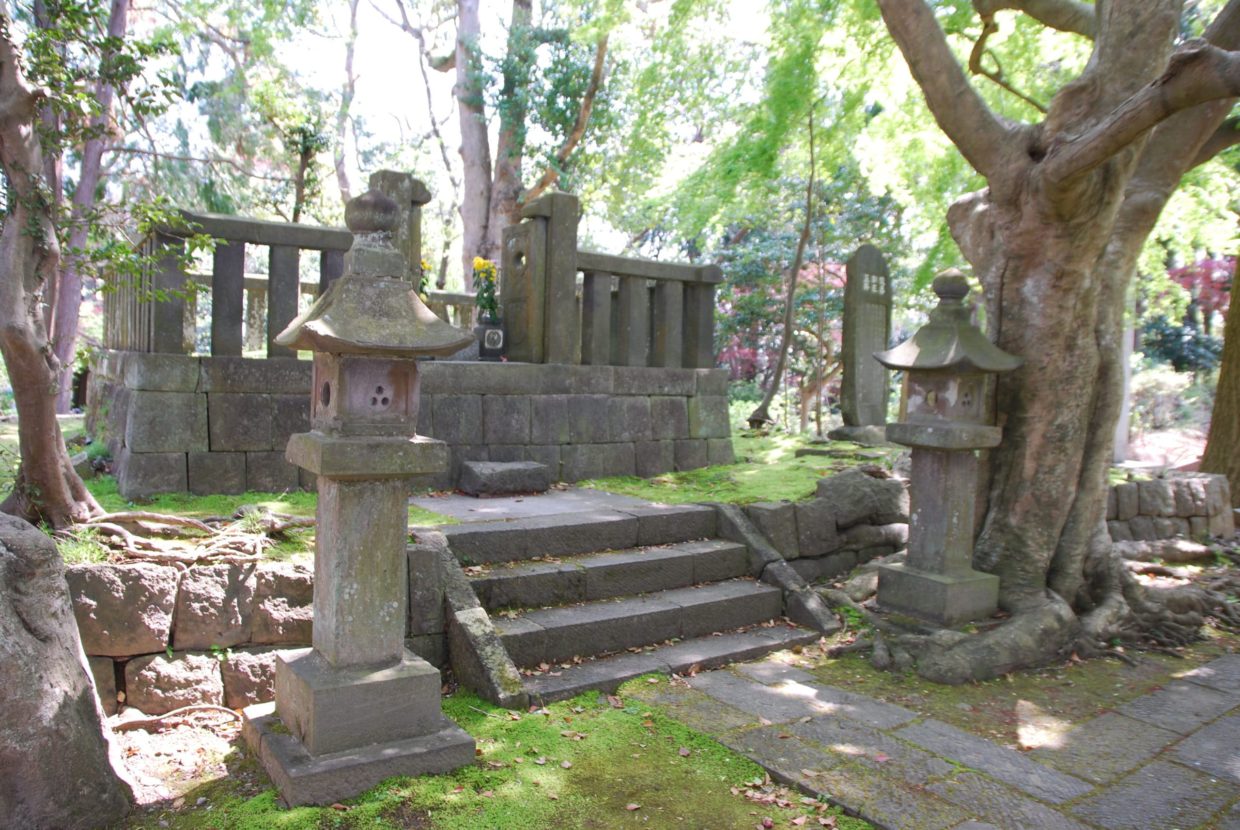
The area is quietly surrounded by grennery.
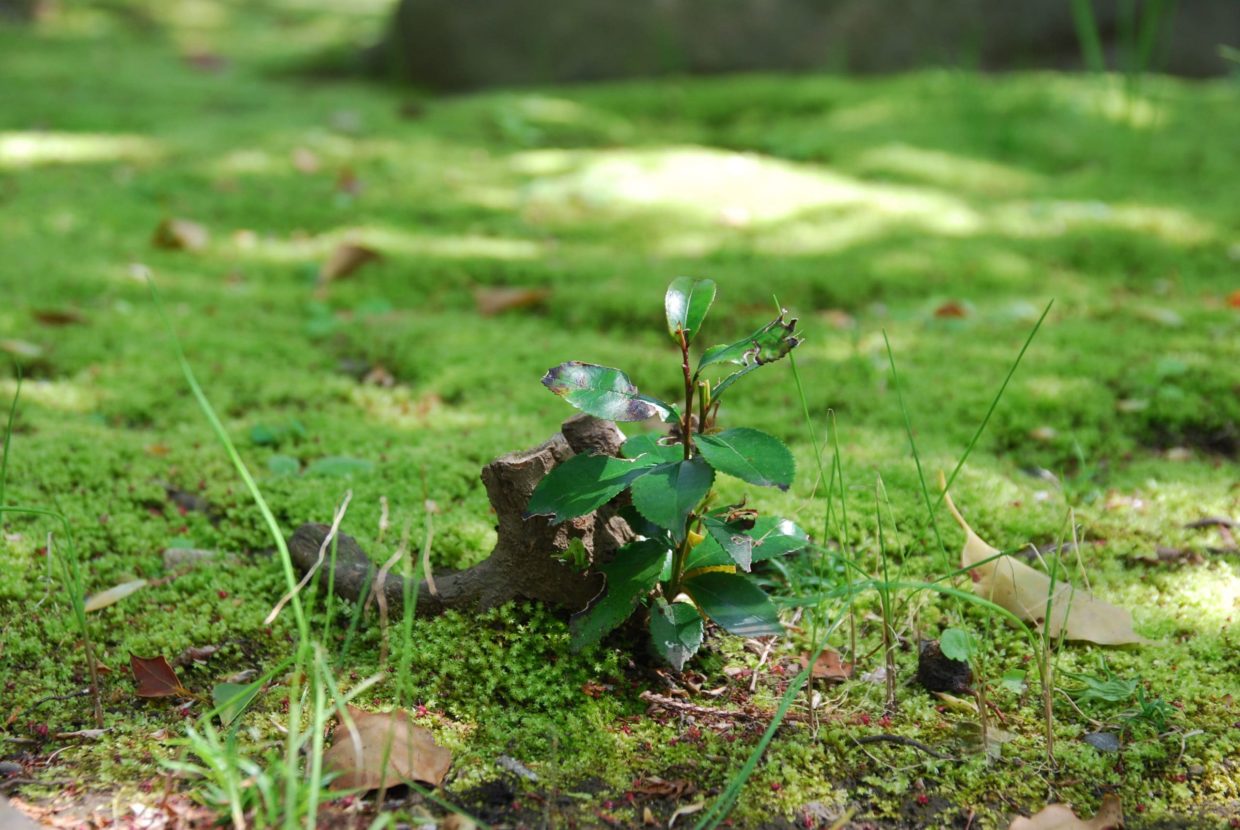
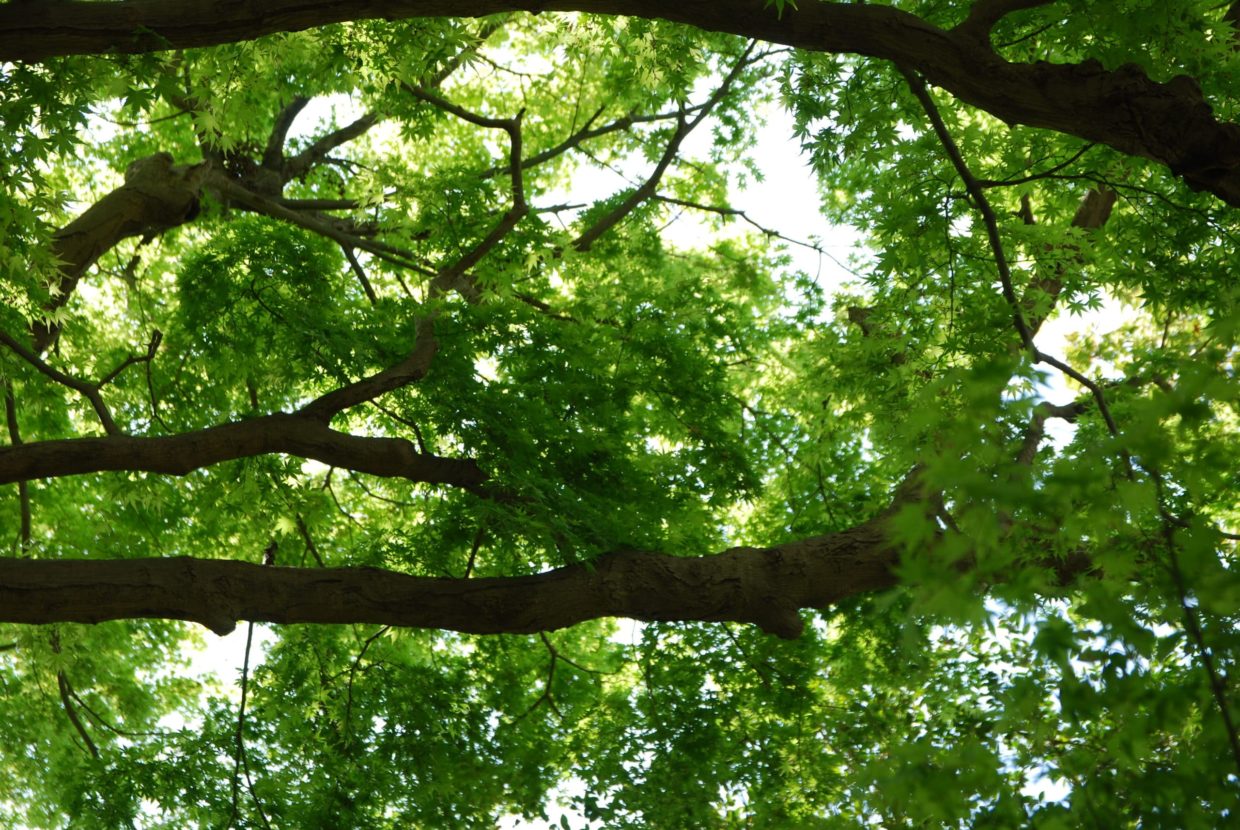
The Shrine for Bonds – Kuzuharaoka Shrine
Near the grave, there is a shrine dedicated to the spirit of Hino Toshimoto.
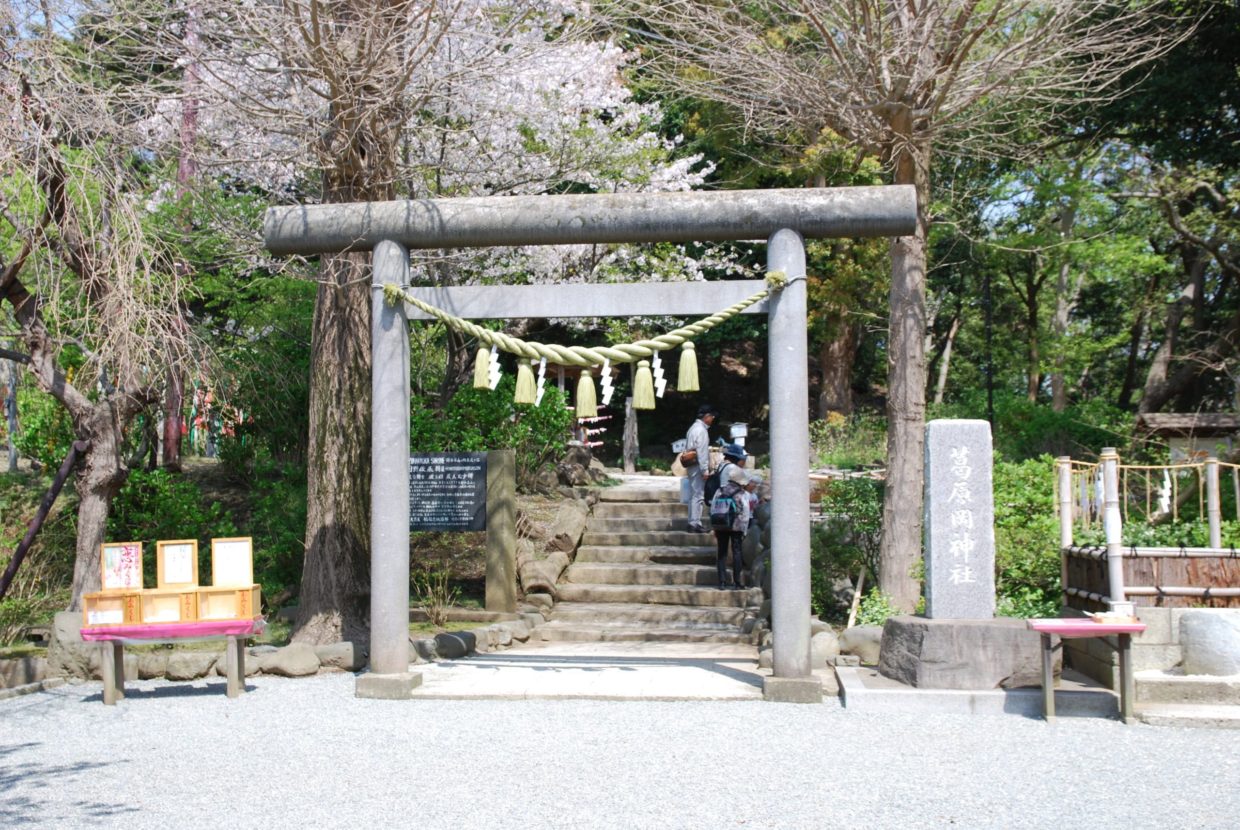
Since Hino Toshimoto excelled in academics, he is recognized as the deity of academics. Additionally, since he began the Kenmu Restoration, he is also known as the deity of good luck. For these reasons, many people visit him from various far places.
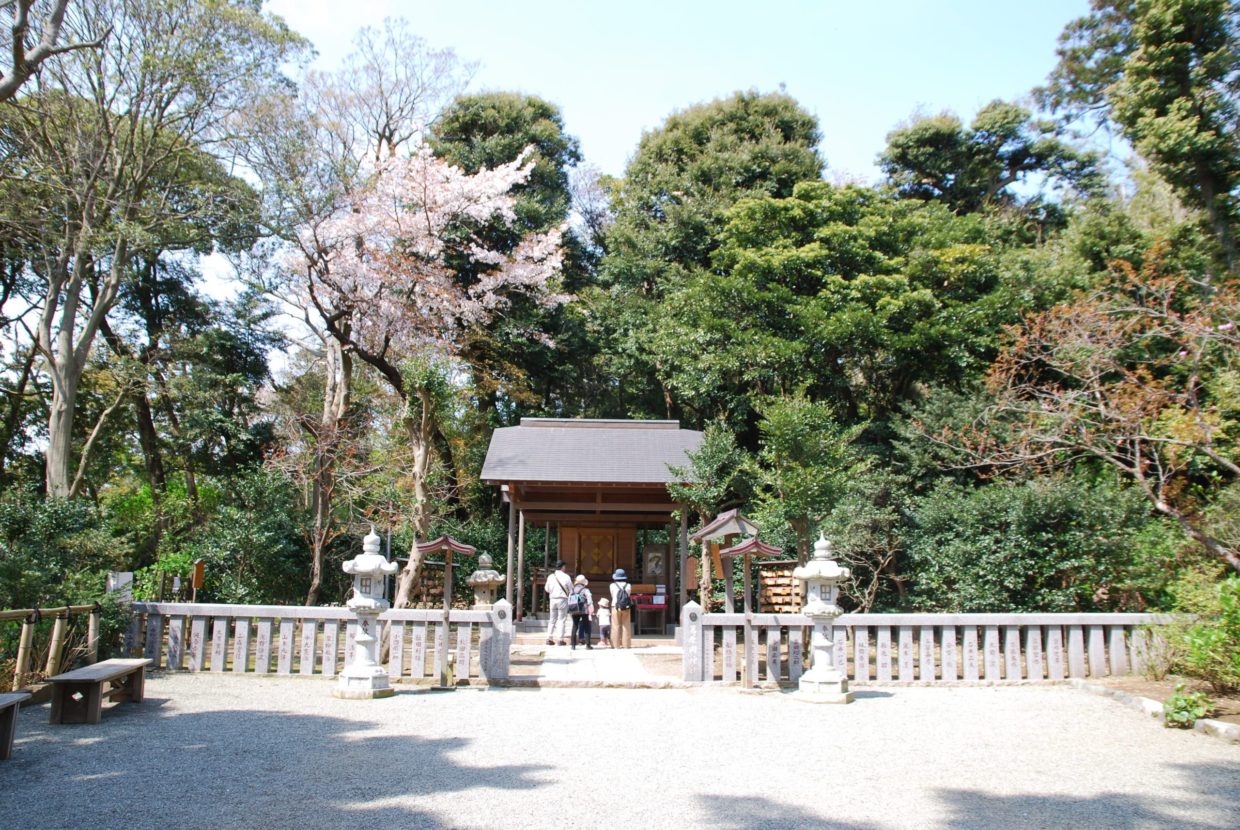
Currently, the Kuzuhraoka Shrine is known for luck related to human relationships. Inside the shrine, there are special rocks to tie five yen coins with.
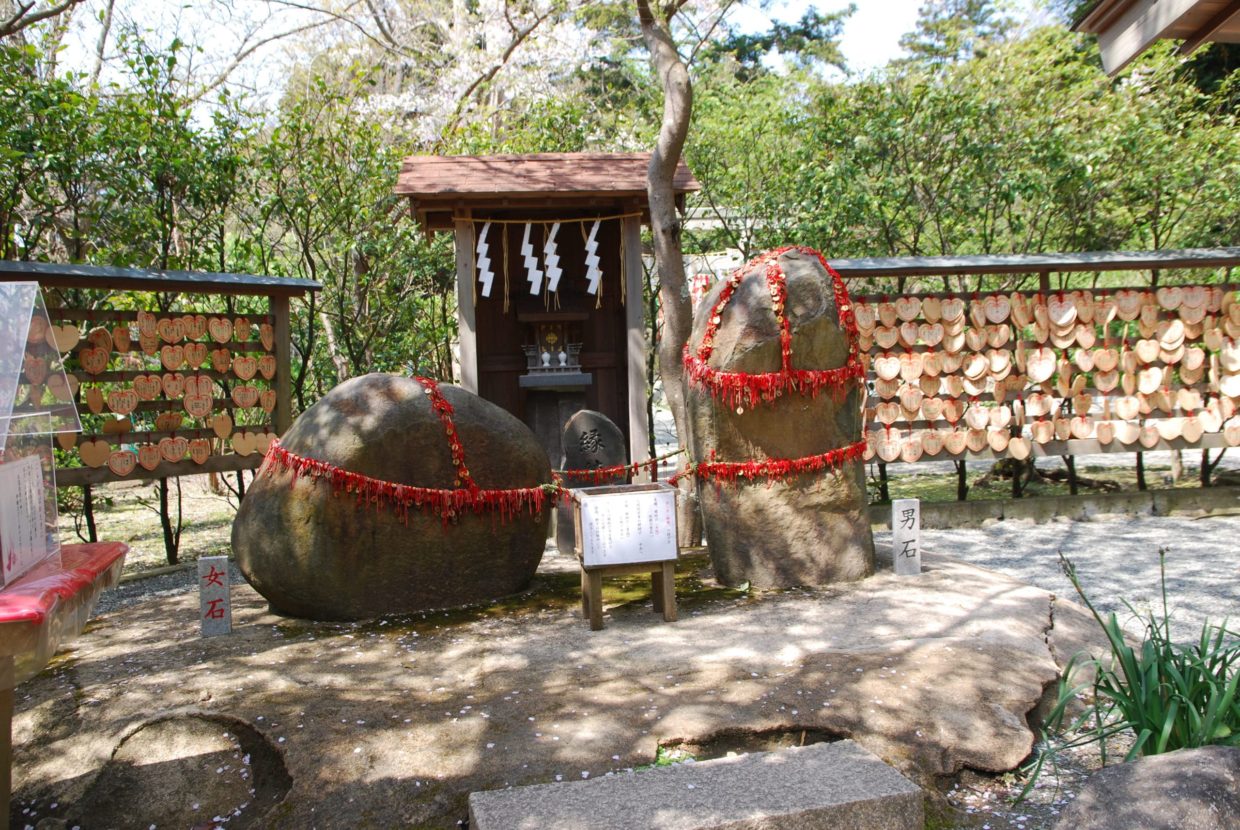
Besides the Torii, is a rock that is believed to break any curse by breaking plates. On the bottom of it are piled-up broken plates.
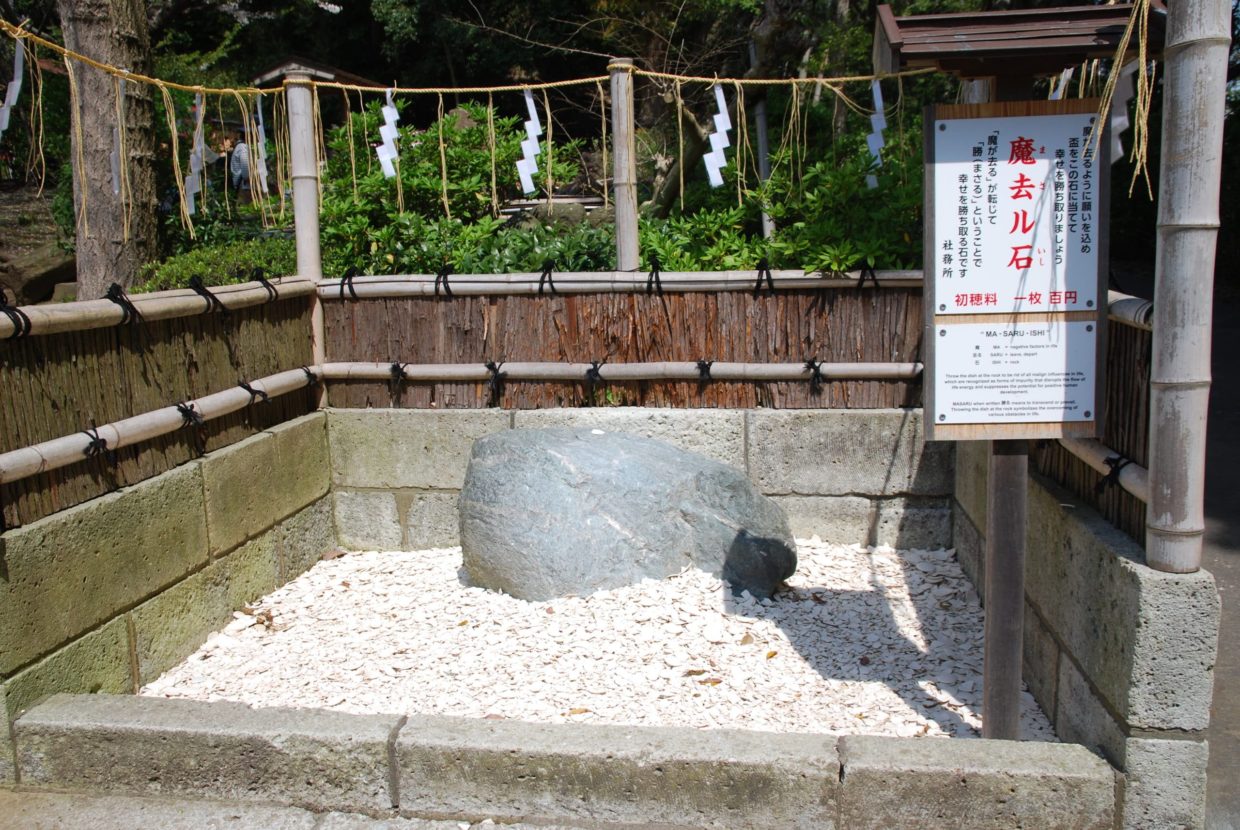
On the heart shaped ema, there are many people who wish for good relationships.
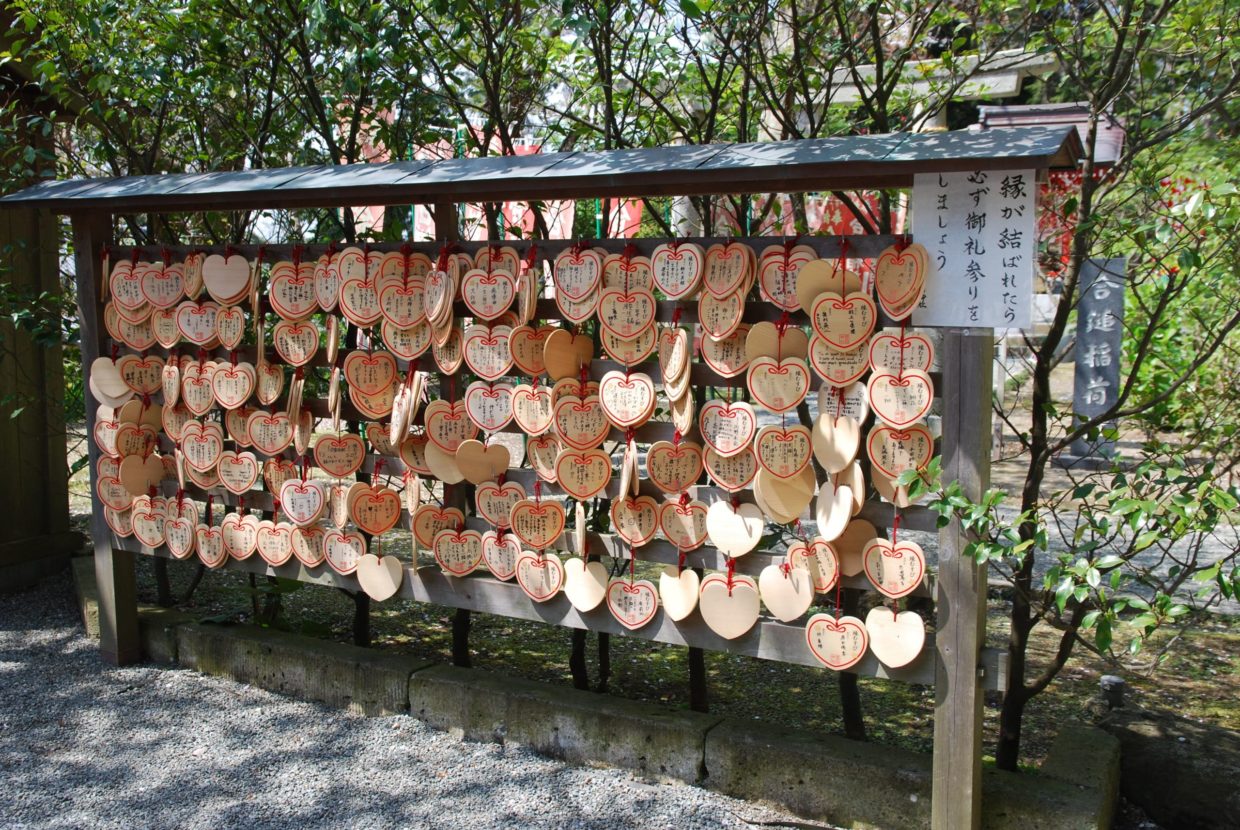
One of the Seven Kamakura Path – Kewaizaka
Heading back to the direction of the bronze statue, you will see one of the Seven Roads of Kamakura and a national historic site of “Kewaizaka Road”.
The word “Kewaizaka” is believed to be originated from multiple reasons such as it was the location for prostitutes to do make-up, or make-up was placed to the heads that were cut off.
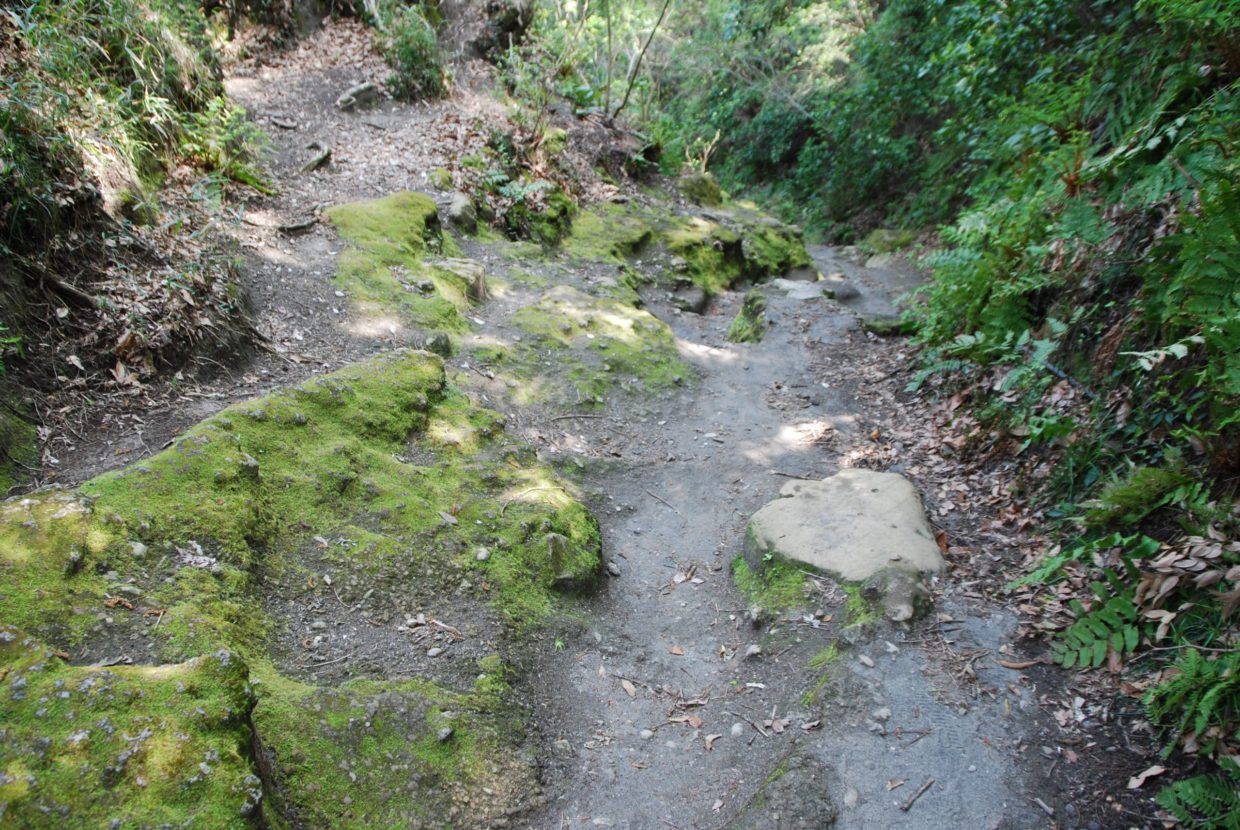
This was previously used as a significant road to connect Kamakura and the Tokyo/Saitama Area. This was also an old battle area as Yoshisada Nitta entered the Kamakura area.
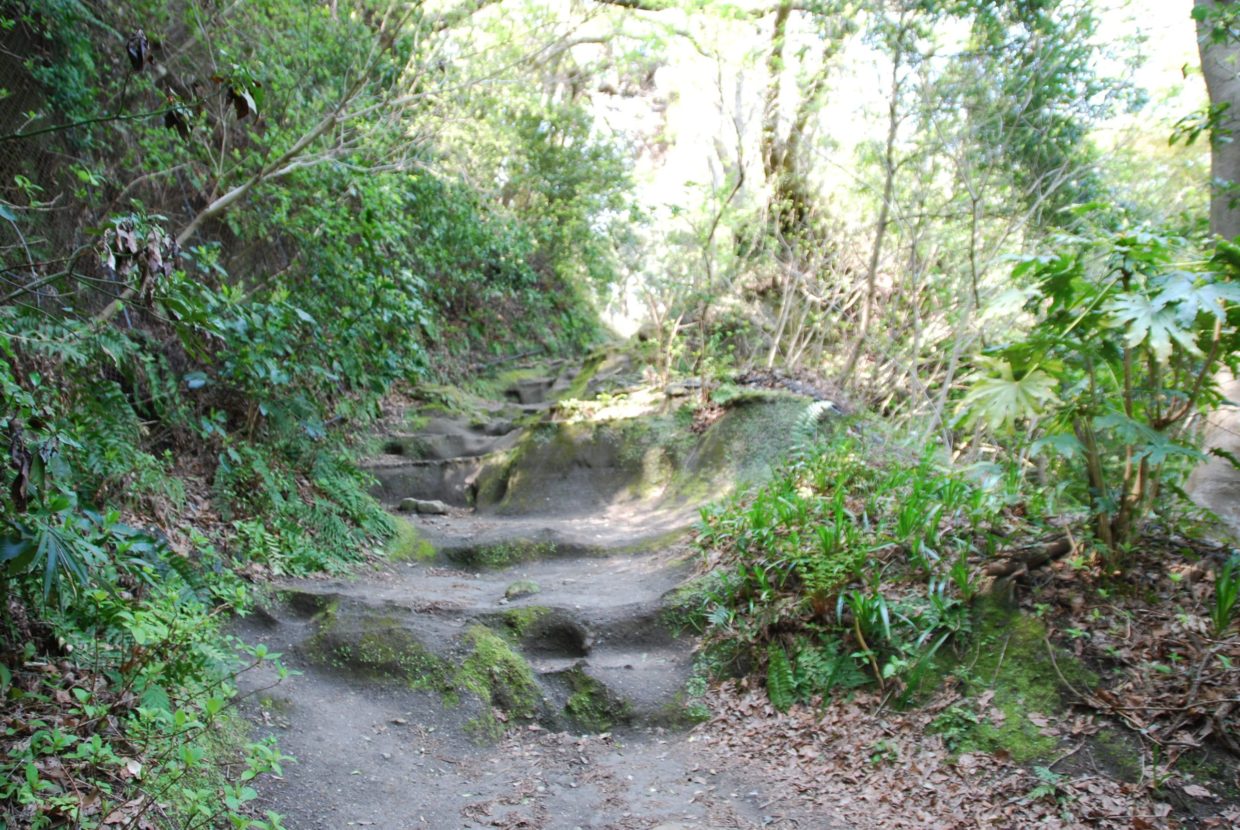
Kewaizaka was an important place in terms of defense. Despite its short path, this is considered the most dangerous of the Seven Kamakura path. The stairs are rocky, and the surface is worn out from the frequent and historical usage.
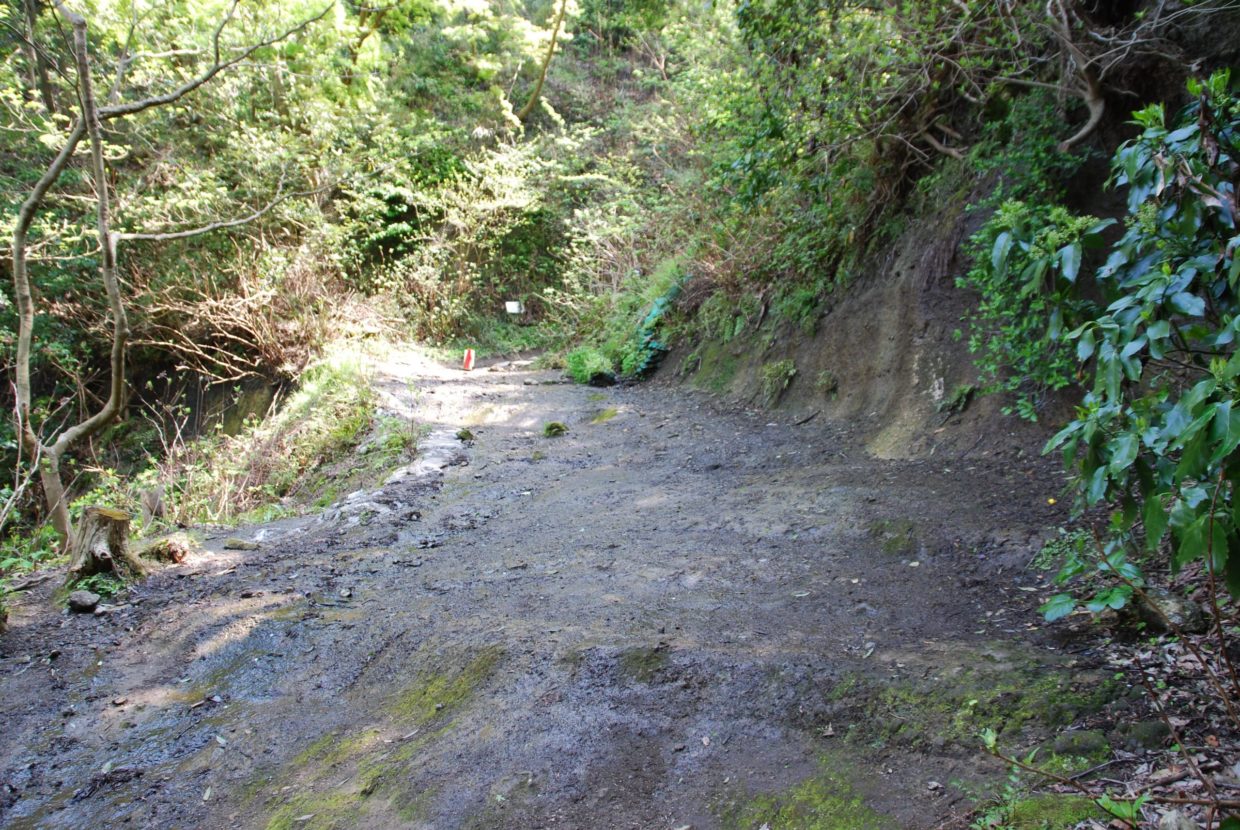
Based on the weather, the floor will be slippery, so be careful and walk slowly. As you go down from Keshozaka and across the residential area, you will be able to pass through Kita-Kamakura. Along the road to Kita-Kamakura, is a path that connects Ogigayatsu and Yamanouchi known as Kamegayatsuzaka. This is one of the Seven Roads Of Kamakura. If you have time, we recommend walking around here.
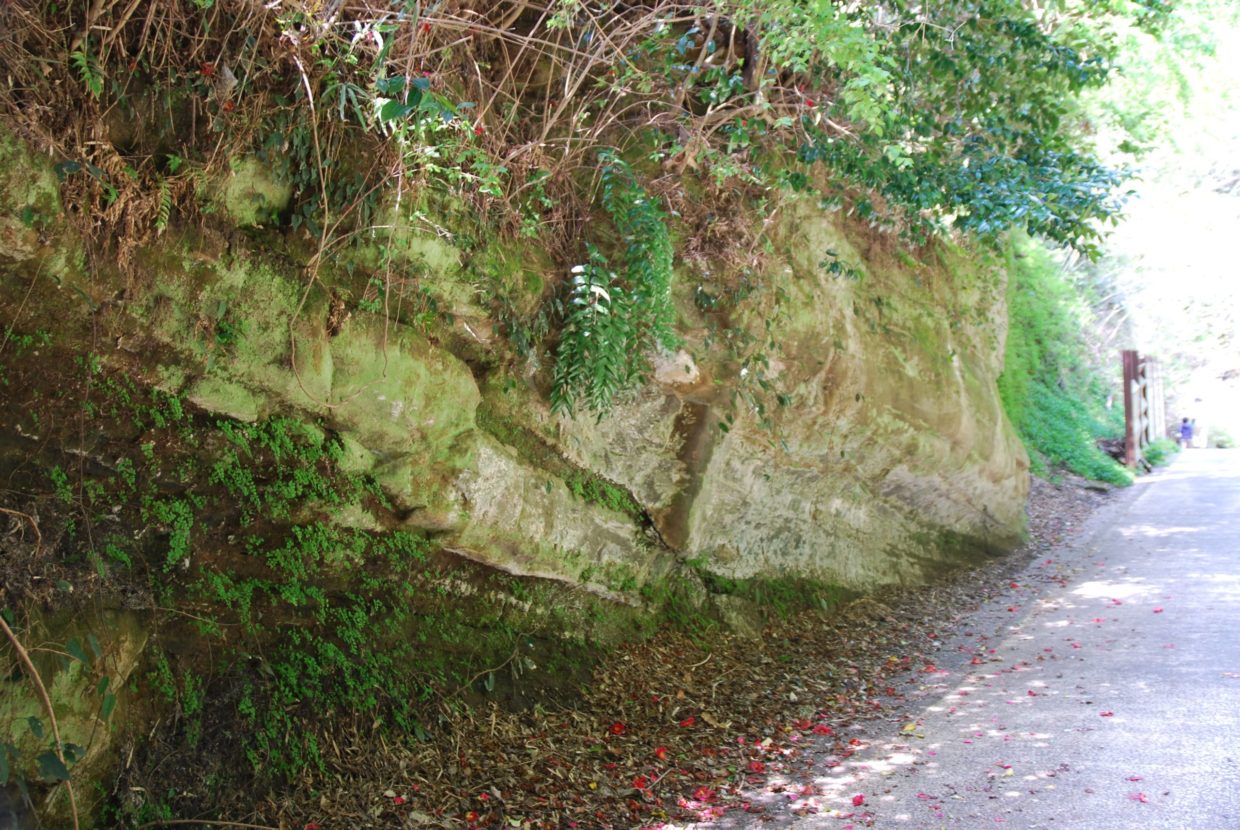
A Place to Enjoy History & Nature – Genjiyama Park
Genjiyama Park is a place where not only you can enjoy the Sakura view, but it is a spot where you can feel the deep history and feel the different shrines. From the changing scenery of residential areas to the deep forest.
This is one way to enjoy Kamakura. Please wear some comfortable shoes and spend some time hiking around the area.
Genjiyama Park
Address: 4-649-1 Ogigayatsu, Kamakura-shi, Kanagawa-ken 248-0011
Phone 0467-45-2750 (Kamakura City Park Association)
Closed None
Admission Fee Free
Parking Space None
URL https://www.city.kamakura.kanagawa.jp/koen/p_genjiyama.html
Popular posts
-
 Introducing popular sightseeing spots and recommended cafes for lunch in Shichirigahama!
Introducing popular sightseeing spots and recommended cafes for lunch in Shichirigahama! -
 The Popular Tourist Destination Houkokuji Temple (Bamboo Temple) And Its Speciality
The Popular Tourist Destination Houkokuji Temple (Bamboo Temple) And Its Speciality -
 STOP HERE WHEN YOU VISIT 16 Different Guest Homes By Area
STOP HERE WHEN YOU VISIT 16 Different Guest Homes By Area -
 Enjoy a Date, a Swimming or Walking at Yuigahama! Introducing Nearby Cafes and Access!
Enjoy a Date, a Swimming or Walking at Yuigahama! Introducing Nearby Cafes and Access! -
 Visiting Kamakura - Appropriate Attire and Monthly Climate
Visiting Kamakura - Appropriate Attire and Monthly Climate
Related Articles
-
 Shrine2023.02.265 Missed Spots For Hatsumode At Kamakura! Introducing Shrine & Temples You Can Avoid Crowd
Shrine2023.02.265 Missed Spots For Hatsumode At Kamakura! Introducing Shrine & Temples You Can Avoid Crowd -
 Itinerary2022.04.27Experience Kamakura in Half-A-Day! Kamakura Resident’s Recommended Sight-seeing Course
Itinerary2022.04.27Experience Kamakura in Half-A-Day! Kamakura Resident’s Recommended Sight-seeing Course -
 Shrine2022.05.202022 Is A Great Year For Kamakura! Amanawa Shinmei Shrine, The Temple Loved By Minamoto no Yoritomo.
Shrine2022.05.202022 Is A Great Year For Kamakura! Amanawa Shinmei Shrine, The Temple Loved By Minamoto no Yoritomo. -
 Park2022.01.11Fully Enjoy the Waterfront Scene and Greenery of Meoto-ike Park
Park2022.01.11Fully Enjoy the Waterfront Scene and Greenery of Meoto-ike Park -
 History2022.06.21Kamakura's Seven Entrances - Nagoe Pass: Experience Medieval Kamakura with Your Five Senses
History2022.06.21Kamakura's Seven Entrances - Nagoe Pass: Experience Medieval Kamakura with Your Five Senses -
 Sweets2022.10.12The Japanese Sweets House Popular At Kamakura “Kirara” - The Recommendations and How To Go
Sweets2022.10.12The Japanese Sweets House Popular At Kamakura “Kirara” - The Recommendations and How To Go
